Programme & Speakers
We are looking forward to welcoming you to Taipei to celebrate and learn about a variety of languages and how we use them in our lives. The Polyglot Conference welcomes Everyone Who Loves Language!
We will be joined by media channels at the conference, including the indigenous broadcaster: https://www.ipcf.org.tw/en-US/Vod/Home
Monday 10th November – Community Day
- 09:00–19:00 — Registration desk open
- Guided tours of Songshan Cultural & Creative Park
- 10:00–11:00 · sign in before 09:00
- 10:30–11:30 · sign in before 10:00
- 14:00–15:00 · sign in before 13:30
- 16:30–17:30 · sign in before 16:00
- Tour Languages: English / Mandarin / Taiwanese / Vietnamese (10:30 only)
Language Workshops
- 12:00–13:00 · Language Tables: English, Lithuanian, Japanese, Haitian Creole
- 13:00–14:00 · Language Tables: Paiwan, Hakka, Indonesian, Taiwanese
- 14:00–15:00 · Language Tables: English, Lithuanian, Japanese, Haitian Creole
- 14:00–16:00 · Latin Workshop & Language Games (Phillip)
- 15:00–16:00 · Language Tables: Paiwan, Hakka, Indonesian, Taiwanese
- 16:00–17:00 · Tamazight Workshop (Mamine)
- 16:00–17:00 · Language Tables: English, Lithuanian, Japanese, Haitian Creole
- 17:00–18:00 · Language Tables: Paiwan, Hakka, Indonesian, Taiwanese
- 13:00–18:00 · Esperanto Workshop/Practice Table
All day (12:00–18:00) · Language Exchange Tables
Mandarin, Korean, French, German, Russian, Spanish, Cantonese, Swedish, Finnish, Italian, Turkish, Thai, Arabic, African languages, Vietnamese, Hindi, Latin American studies and more + No-English Corner available
Games, Booths & Activities (11:30–19:00)
Raffle tickets for italki and Teach Yourself giveaways available all day and throughout the conference (winners announced at the end of the conference)
LifeKinetic · free brain-training games and activities
Global Mom-to-Mom · raising bilingual children
Yunfei Language · Mandarin & Spanish activities
FunTicket · language games in Mandarin
uTalk · language games & challenges
ILRDF · Taiwan Indigenous languages booth & activities
Language Book Fair
Polyglot.tw · language immersion exhibition
Bonjour French · Polyglot Conference t-shirts
Tuesday 11th and Wednesday 12th November
This year, the in-person event in Taipei will feature 20-minute speaker slots, allowing even more people to share their ideas on the Polyglot Conference stage! Be part of an exciting event that transforms an old colonial tobacco factory into a space that invests in the local population and celebrates the island’s rich diversity.
We have a full programme from starting registrations at 08:00 and running through to 19:00. There will also be plenty of other activities to keep you busy throughout your time with us!
You will have the option of joining tours during the days after the conference and language courses the week before we start the main event! So lots to get excited about and we look forward to seeing you with us soon!
Here follows a preliminary schedule for the two conference days:
(Please note that there could be some changes made as required.)
Tuesday 11th November
| 08:00 – 09:00 | Registration & Mingle | |
| 09:00 – 09:10 | Richard Simcott & Terry Chih Hsiang Hsieh | Opening Ceremony |
| 09:10 – 09:30 | Mayaw・Kumud | Mayaw・KumudWelcome address by the Chairman of the Indigenous Languages Research and Development Foundation |
| 09:30 – 09:50 | Lowking Nowbucyang | The current state and challenges of revitalizing indigenous languages of Taiwans |
| 10:30 – 10:50 | Bali Nangavulan | IRLDF’s role in promoting the teaching and learning of the indigenous languages of Taiwan. |
| 11:00 – 11:20 | Yoko Reynolds | How Real-Life Connections Help Children Become Multilingual in Japan |
| 11:30 – 11:50 | Desta Haile | Languages through Music: How can music transform the way we learn languages? |
| 12:00 – 12:20 | Claire Astrid Fuchs | The Persian of Iran, Afghanistan, Uzbekistan, and Tajikistan: How Geopolitics and Cultural Dynamics Shaped the Dialects of Modern Persian |
| 12:30 – 12:50 | 陳業芳 Charis Chen | The Polyglot Migrant Worker: The Languages that Transformed My Life |
| 12:50 – 14:00 | GROUP PHOTO & LUNCH | |
| 14:30 – 14:50 | Stuart Jay Raj | Cracking the Code: How Asian Scripts and Tonal Systems Can Be Made Teachable |
| 15:00 – 15:20 | Rhonda Sophia | Living in Full Color: A New Vision for Language, Culture, and Connection |
| 15:30 – 15:50 | Charles Colonna-Césari & David Allen Martin II | An Entangled Lexicon: The Mutual Influence of French and English |
| 16:00 – 16:20 | Pedro Rodriguez & Andrea Gimenez | El reto del multilingüismo en España: ¿por qué los españoles no aprenden idiomas extranjeros? |
| 16:30 – 16:50 | Dr. Carlos Yebra Lopez | Chatbot-Based Language Revitalization: The Case of Ladino and Estreyika |
| 17:00 – 17:20 | Elizabeth Freund Larus | Public Speaking in a Foreign Language: Strategies for Multilingual Communicators |
| 17:30 – 17:50 | Wilfred Mkhatshwa | Zero to Connection: My Language Leap |
| 18:00 – 18:20 | Mirusa Usiliq Tan | The Revitalization of Basay: Past, Present, and Future through Corpus Design and Natural Language Processing |
| 18:30 | See you tomorrow! | |
Wednesday 12th November
| 08:00 – 09:00 | Registration & Mingle | |
| 09:00 – 09:20 | Andrei Veja | “8 Language Learning Lessons from Improv Theater” |
| 09:30 – 09:50 | Stella Guan | Overcoming Minority Language Shame: How Emotion, Not Pop Culture, Fuels Fluency and Retention |
| 10:00 – 10:20 | Chiong bîn hong/ 做伙講台語, 耍kah o͘-mà-mà好無 | Personal experience speaking Taigi |
| 10:30 – 10:50 | Diana Liu | “How Code-Mixing Redefined My Identity” |
| 11:00 – 11:20 | Audrius Sabūnas | Climate change: an ally or a foe for endangered languages? |
| 11:30 – 11:50 | Cheyenne Maechtle | The Dong Qing Dialect of Orchid Island’s Tao Language |
| 12:00 – 12:20 | 游皓雲 Yu Hao Yun (Yolanda) | “Quiet or Misunderstood? Cultural Participation Gaps in Global Classrooms” |
| 12:30 – 12:50 | Puljaljuyan Kalevuwan | Aicu sepatj a pulu’ a cacilj anga a sizurungan tua kinacalisian i taiwan (40 years of revitalization of the indigenous languages of Taiwan) |
| 12:50 – 14:00 14:00 – 14:20 | italki Raffle, GROUP PHOTO & LUNCH Dave Huxtable | Voices of the Land: Phonology, Syntax, Scripts and Survival in U.S. Indigenous Languages |
| 14:30 – 14:50 | Rik De Busser | Learning an Austronesian language without textbook: Linguistic fieldwork experience in Taiwan |
| 15:00 – 15:20 | Alex Senoner | Language Survival and Identity: What Ladin Can Teach Us About Taiwan’s Linguistic Future |
| 15:30 – 15:50 | Kevin Sun | Introduction to dxʷləšucid and the Salishan languages |
| 16:00 – 16:20 | Fabrício Carraro | 2025 Techniques and Technologies to Learn Languages with AI |
| 16:30 – 16:50 | David Allen Martin II | Stop Memorizing, Start Speaking: An AI-Powered Method for Real Fluency |
| 17:00 – 17:20 | Brenda Liliana Ruvalcaba Montoya | Influence of Mexican Indigenous Languages on Spanish: Linguistic Diversity, Poetry, Dance, and Culture |
| 17:30 – 17:50 | Brian Loo Soon Hua | Taiwan, Malaysia, Indonesia, the Philippines and beyond – Five thousand years in 10 words |
| 18:00 – 18:20 | Yi-An Liao | Reaching C1 in Language Learning in the Age of AI |
| 18:20 – 18:50 | Richard Simcott & Terry Chih Hsiang Hsieh | Closing Ceremony, Teach Yourself Raffle & Announcement for Polyglot Conference 2026 |
You may also be interested in taking part in an excursion facilitated by ours partner Polyglot.tw:
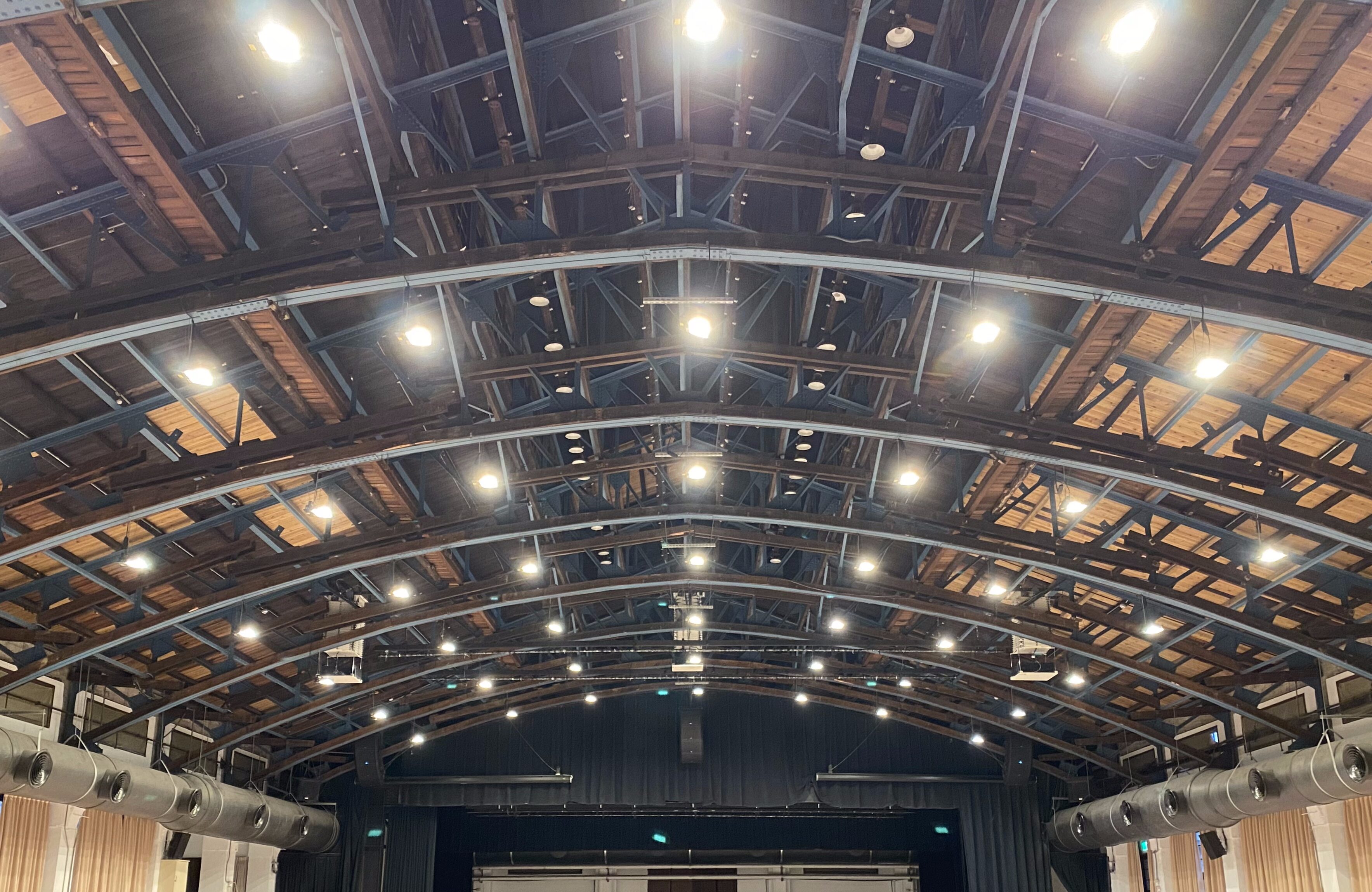
Speakers
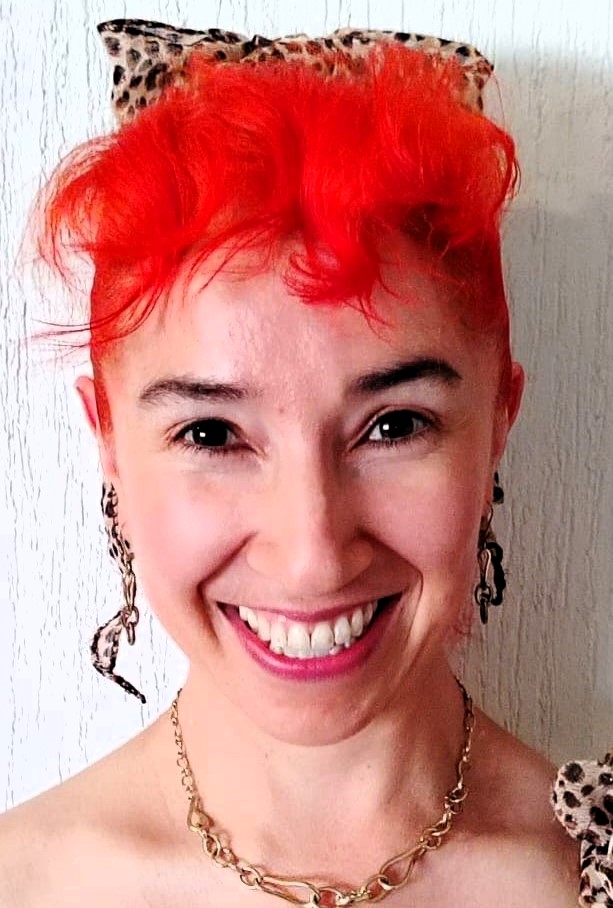
Influence of Mexican Indigenous Languages on Spanish: Linguistic Diversity, Poetry, Dance, and Culture
Brenda Liliana Ruvalcaba Montoya
Mexico has 68 living indigenous languages, and 364 linguistic variants, which have greatly influenced our Spanish language in terms of lifestyle, linguistics, culture, cuisine, music, dress, and art, allowing indigenous peoples to constantly enrich today’s society. This task has not been easy, as unfortunately, many other Mexican indigenous languages have disappeared, but fortunately, there is now a wide variety of institutional, social, public, and private programs to promote the development and understanding of indigenous languages and prevent their extinction. In this talk, I will discuss all of this, how the linguistic diversity of Mexican indigenous languages enriches different aspects of daily life, Spanish, and the various sign languages that exist in my country. As a professional dancer, I will approach everything from an artistic perspective, through dance, poetry, cooking, culture, and linguistics in a holistic and comprehensive way. We will learn that we all know and use more words from indigenous languages on a daily basis than we imagine, something that, as polyglots, should make us proud, inviting and inspiring us to continue rescuing and promoting the indigenous languages of Mexico and the world.
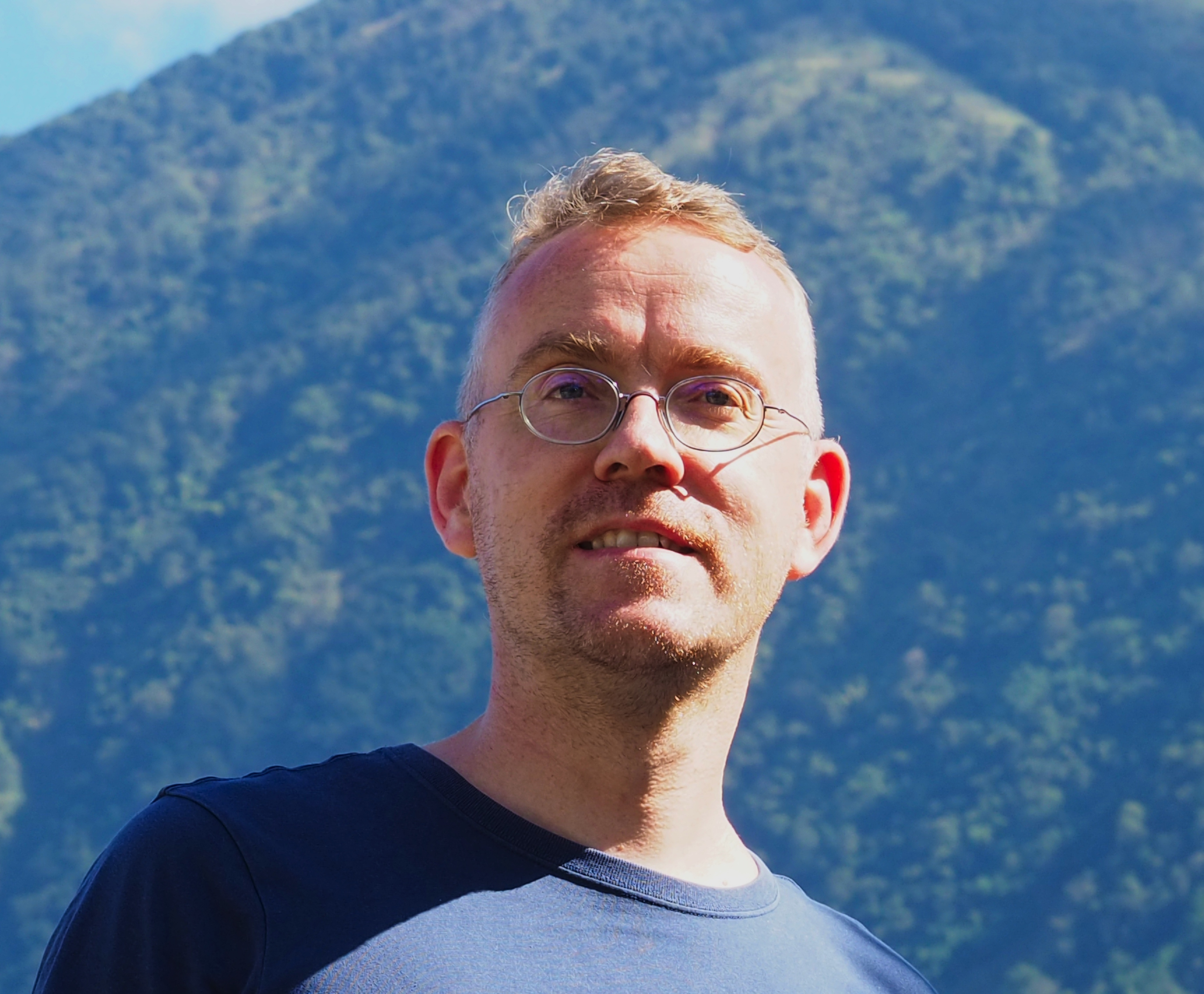
Learning an Austronesian language without a textbook: Linguistic fieldwork experience in Taiwan
Rik De Busser
Most people learn a new language by relying on textbooks or other learning materials. However, for smaller and endangered languages, this is often impossible. They might have no, or only very few, educational materials available for those who want to learn or study them. This does not mean that those languages are inaccessible to prospective students, and it can often be gratifying to study languages that are overlooked by most people living around them, or sometimes even by the people who originally spoke them.
Based on personal experience studying the Indigenous languages of Taiwan through immersion fieldwork, I will discuss some approaches to studying, documenting, and learning languages when no language materials are available. Following a brief overview of the historical context, we will explore some fundamental techniques for collecting language data and conducting linguistic fieldwork. We will investigate some of the difficulties that can arise when undertaking this kind of work and explore possible solutions. Finally, we will assess the types of fieldwork that are feasible for professional linguists and enthusiasts. By the end of this talk, I hope to convince you that anyone can do linguistic fieldwork, as long as they are mindful of the pitfalls that can arise along the way.

Overcoming Minority Language Shame: How Emotion, Not Pop Culture, Fuels Fluency and Retention
Stella Guan
For many heritage or minority language speakers, language is more than just communication—it’s tied to identity, culture, and sometimes, shame. Growing up in Mainland China, I distanced myself from Cantonese, my mother tongue, due to social pressures favoring Mandarin. Despite Cantonese having a strong pop culture presence, it wasn’t enough to keep me connected. My turning point came from two unexpected sources: the loss of my grandmother, who only spoke Cantonese, and a foreign friend’s admiration for the language’s creativity.
Through this experience, I realized that emotional connection—not cultural “coolness”—is the key to retaining a heritage language. This lesson also transformed how I approach learning new languages, like Spanish and Italian. As a teenager, fandoms fueled my fluency in English and Korean, but as an adult, I struggled to stay motivated until I fell in love with Medellín, which gave me the deep emotional tie I needed to commit to Spanish.
This talk explores how language shame develops, why pop culture alone isn’t enough to reverse it, and how finding a personal emotional anchor—whether through family, friendships, or meaningful experiences—can be the most powerful tool for both language retention and learning.
Key Takeaways:
1. Understanding Language Shame: How dominant culture pressures lead heritage speakers to abandon their native languages.
2. The Limits of Pop Culture: Why media representation and cultural “coolness” alone don’t ensure language retention.
3. The Power of Emotional Connection: How personal relationships, nostalgia, and lived experiences can reignite fluency and motivation.
4. Applying This to New Language Learning: How finding a strong emotional tie—whether through travel, friendships, or passion—can help learners stay consistent and committed.
5. Practical Strategies: How heritage speakers and language learners can actively cultivate emotional connections to reinforce learning and fluency.
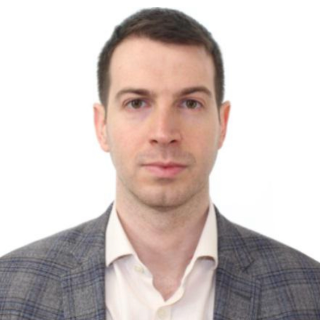
Chatbot-Based Language Revitalization: The Case of Ladino and Estreyika
Dr. Carlos Yebra Lopez
Today, AI-powered digital tools are becoming essential for slowing the decline of minority languages and fostering global linguistic inclusion (Zuckermann, 2020). This is particularly urgent for languages with limited intergenerational transmission and a predominance of heritage speakers. One such case is Ladino (Judeo-Spanish), the language of the descendants of Jews expelled from the Iberian Peninsula in 1492. Now classified as “severely endangered” by UNESCO (2003), Ladino has fewer than 30,000 speakers spread across diasporic communities (Yebra López, 2024).
In response, the nonprofit organization Ladino 21 partnered in 2025 with the Catalan cooperative Col·lectivaT to create Estreyika, a multilingual chatbot based on Claude Sonnet 3.5. Available through the Telegram app, Estreyika enables users to learn and practice Ladino for free.
This presentation outlines the development of Estreyika, from the construction and preprocessing of a trilingual corpus (Öktem et al., 2023) and implementation of a Spanish–Ladino translation system, to its integration with Claude Sonnet 3.5 and Telegram. Performance is evaluated through fluency, coherence, and cultural adequacy metrics, alongside human review.
We present sample learning tasks designed for heritage speakers at varying proficiency levels and languages of origin, as well as experiences using Estreyika in university courses at California State University and the University of Oxford. The talk concludes with a reflection on its broader potential in academic and community-based revitalization efforts.

How Code-Mixing Redefined My Identity
Diana Liu
Being born and raised in Costa Rica to Taiwanese parents, I have always thrived in multicultural and multilingual environments. Yet no question has haunted me more than: “Where are you from?” As a Taiwanese-Latina, my sense of identity has been complex, layered, and at times, conflicted. But after living in my parents’ home country for the past decade, I have come to realize how my lifelong habit of code-switching and code-mixing has not only shaped the way I speak, but also shifted my own perspectives on identity.
In this talk, I will share my personal journey through three life stages and in my three dominant code-mixing languages (Spanish, English, and Mandarin), as well as my findings on how code-mixing has steadily influenced how I communicate and connect with others.
Part I – Childhood (Spanish)
• Taiwanese diaspora and the emergence of organic code-switching/code-mixing
Part II – Adolescence & Early Adulthood (English)
• Reinforcement of code-mixing and fresh take on loanwords/borrowing from English
Part III – Adulthood & Future (Mandarin)
• Code-mixing in Taiwan, dealing with cultural stereotypes, language loss and preservation, and reflections on building a multicultural/multilingual family
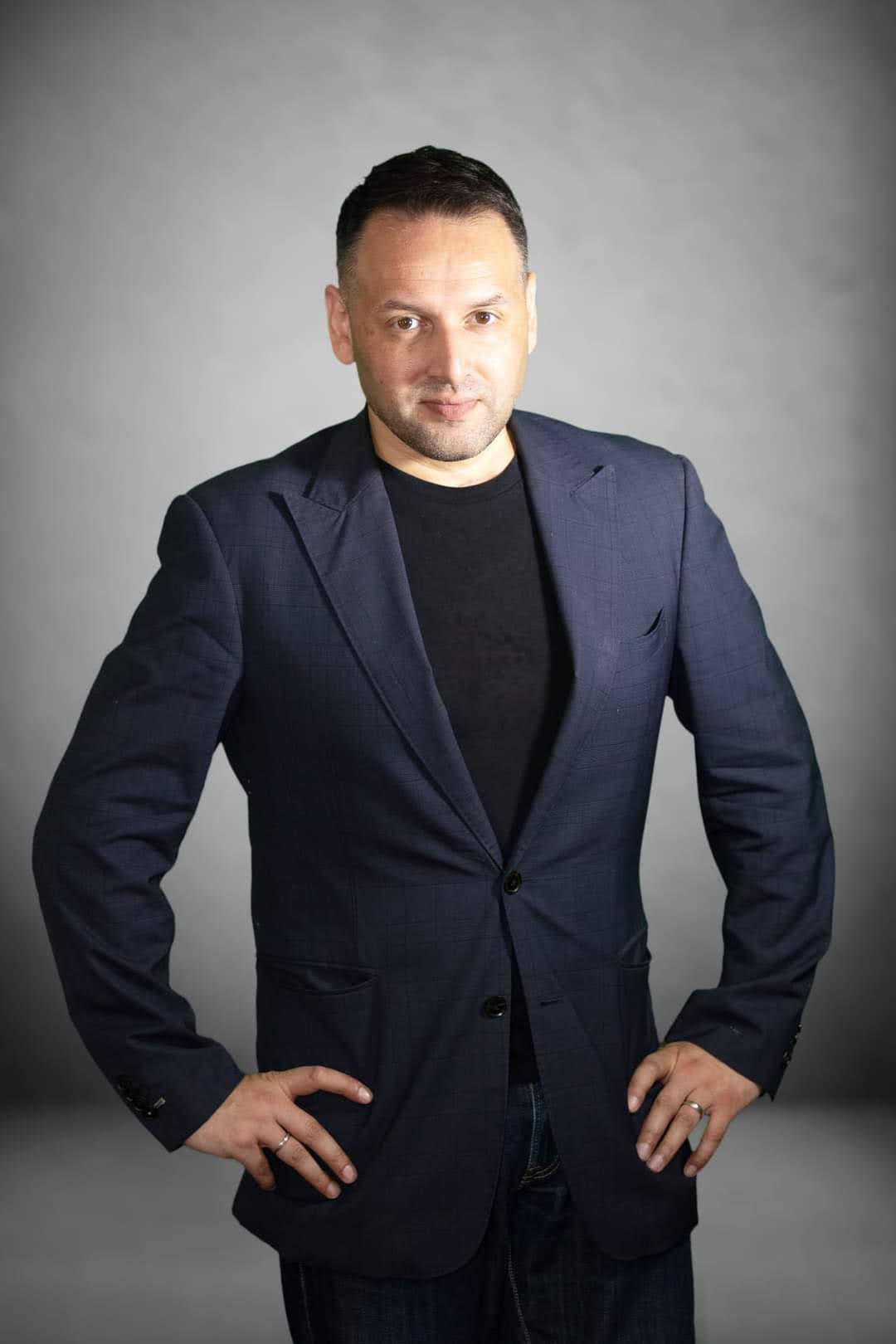
Cracking the Code: How Asian Scripts and Tonal Systems Can Be Made Teachable
Stuart Jay Raj
In 1999, I began working with journalists, diplomats, and UN staff in Bangkok who had given up on learning Thai. Most weren’t lacking motivation—they were simply never shown how the system worked. Concepts like tone class, consonant aspiration, and vowel placement were either ignored or poorly explained. I developed Cracking Thai Fundamentals to address that, and over the years it expanded into a broader framework for teaching tonal and non-Latin script languages.
In 2024, I rebuilt the platform from the ground up using modern web technologies and integrated AI. It became Cracking Language Fundamentals (CLF)—a modular system that supports tonal languages across Asia, including Thai, Mandarin, Cantonese, Vietnamese, and over 300 Tai varieties.
CLF connects learners to the structural systems that underpin these languages—tone rules in Thai mapped against 平上去入 in Chinese and Vietnamese; Hangul’s origins in Phagspa and Brahmi; the Qieyun system’s role in Chinese character classification; and the abugida patterns found across Indic-derived scripts.
The system also helps revive lost literacy. The Khom script—used historically to write Thai and still seen in religious texts and temple inscriptions—has become unreadable to most Thais. With CLF, native speakers are now relearning how to read Thai in Khom.
This talk will show how the platform makes these systems teachable, reusable across languages, and relevant for both endangered and mainstream language instruction. I’ll also show how the tools are used by educators, linguists, and native speakers alike to bring forgotten systems back into practical use.

The Persian of Iran, Afghanistan, Uzbekistan, and Tajikistan: How Geopolitics and Cultural Dynamics Shaped the Dialects of Modern Persian
Claire Astrid Fuchs
Geopolitics and cultural dynamics of the Middle East and Central Asia have drastically impacted the Persian spoken in Iran, Afghanistan, Uzbekistan, and Tajikistan. In September 2025, I am undertaking a course at the University of Central Asia in Dushanbe, Tajikistan, that will explore this topic.
This talk will seek to explore how influence from the Soviet Union, France, Great Britain, and the United States across these four countries altered the vernacular and even at points the structure of the modern Persian language. The countries geopolitical and colonial involvement in this region forever altered the dialects of Persian. From vocabulary words like “bicycle” or “car” to verb conjugation patterns changing across the dialects, this presentation seeks to bring to light the dynamics of one of the oldest languages in the world, spoken since at least the 500s BC. Additionally, I will focus on the importance of preserving languages in the midst of colonialism and geopolitical shifts in order to maintain identity through language.
As a geopolitical analyst, Oxford student, and polyglot speaking 9 languages to various levels, I’m excited to share my knowledge on this crossroads of geopolitics, history, and the Persian world.
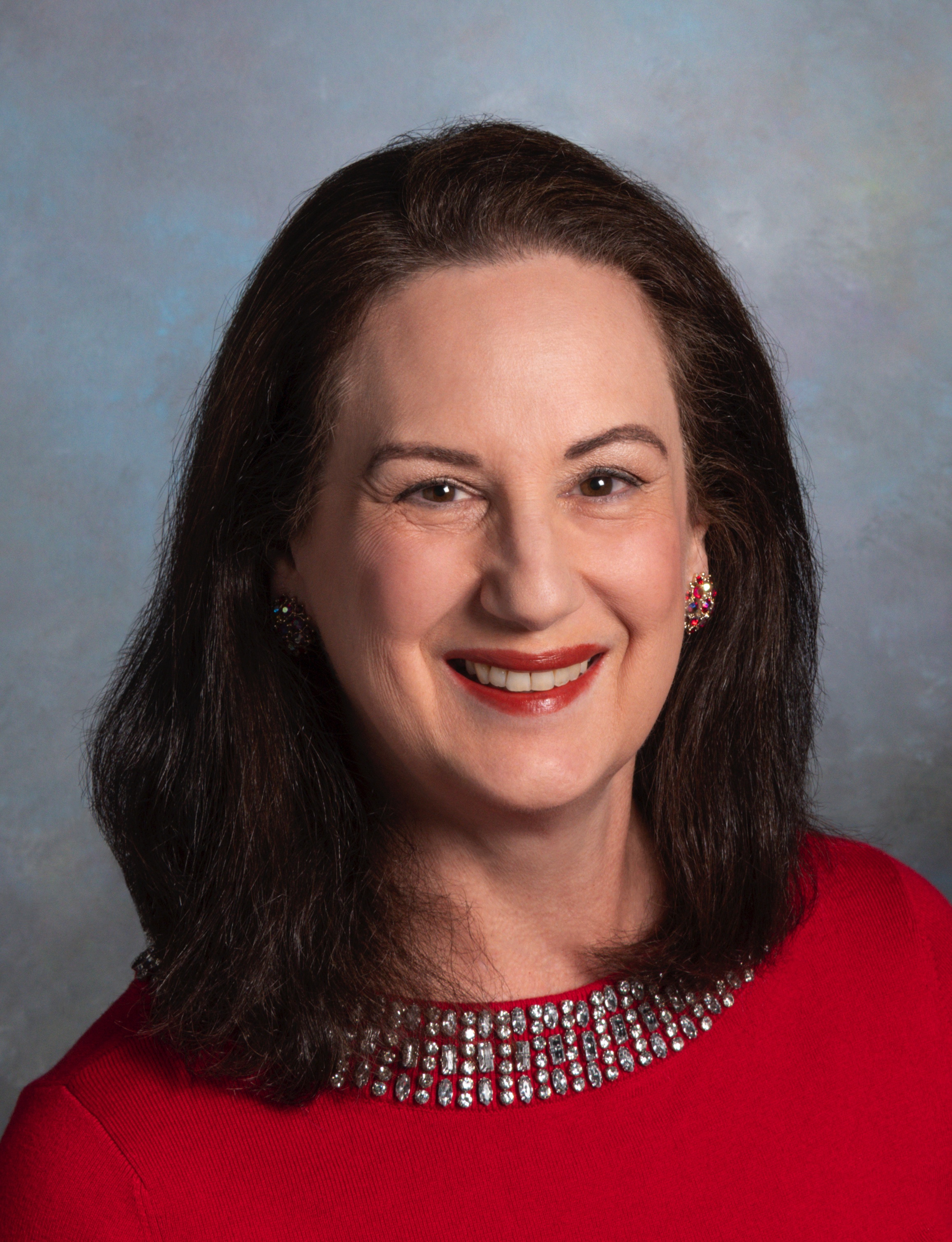
Public Speaking in a Foreign Language: Strategies for Multilingual Communicators
Elizabeth Freund Larus
Speaking in a foreign language is challenging enough—doing so in front of an audience or on live media adds a new level of pressure. My presentation is designed to help multilingual speakers manage that pressure and become more confident, effective public communicators in their non-native languages.
As a university professor and business owner, I am frequently invited to speak on international affairs. For years, I gave interviews only in English, my native language. With the help of a Mandarin tutor, I began submitting written responses in Chinese and am now preparing for live broadcast appearances. This process has taught me valuable strategies for balancing language precision, confidence, and cultural nuance under pressure.
I will present a structured, repeatable method that combines subject mastery, language rehearsal, and audience adaptation. This approach helps speakers organize their ideas clearly, reduce anxiety, and engage audiences across linguistic and cultural boundaries.
Participants will learn how to:
• Prepare adaptable speaking outlines in a foreign language
• Practice effectively without scripting every word
• Modify tone and delivery to suit cultural expectations
Tools I will introduce include:
• A customizable preparation template for speeches and media interviews
• A checklist for multilingual public speakers
• Techniques for responding to spontaneous questions
The template will be shared with attendees after the conference.
I will deliver this presentation in Mandarin and invite follow-up discussion in English or Mandarin.
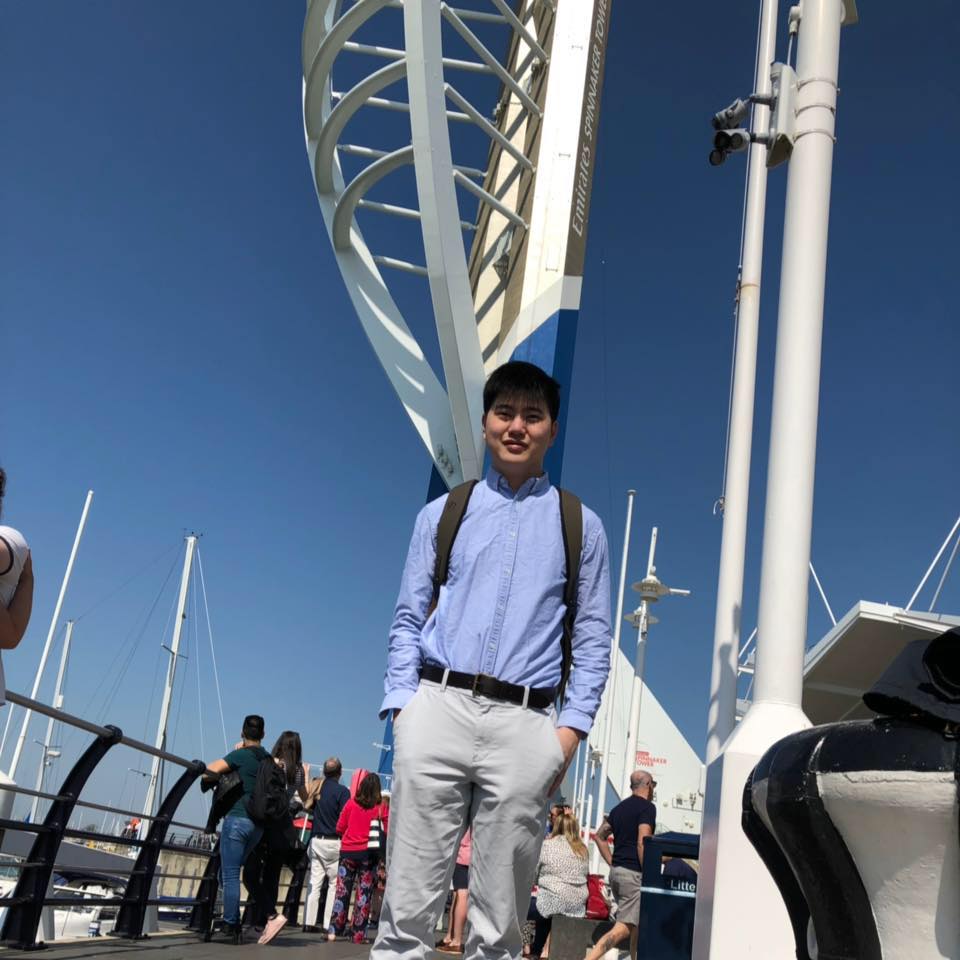
Reaching C1 in Language Learning in the Age of AI
Yi-An Liao
The rise of general language AI models has transformed the way we learn languages. Drawing on 15 years of experience studying over 20 languages—and having reached C-level in 9 of them—Yi-An will review the latest online tools available today. The presentation will also provide tailored strategies for different languages (including minority languages), helping you achieve C1 proficiency in the languages you learn.
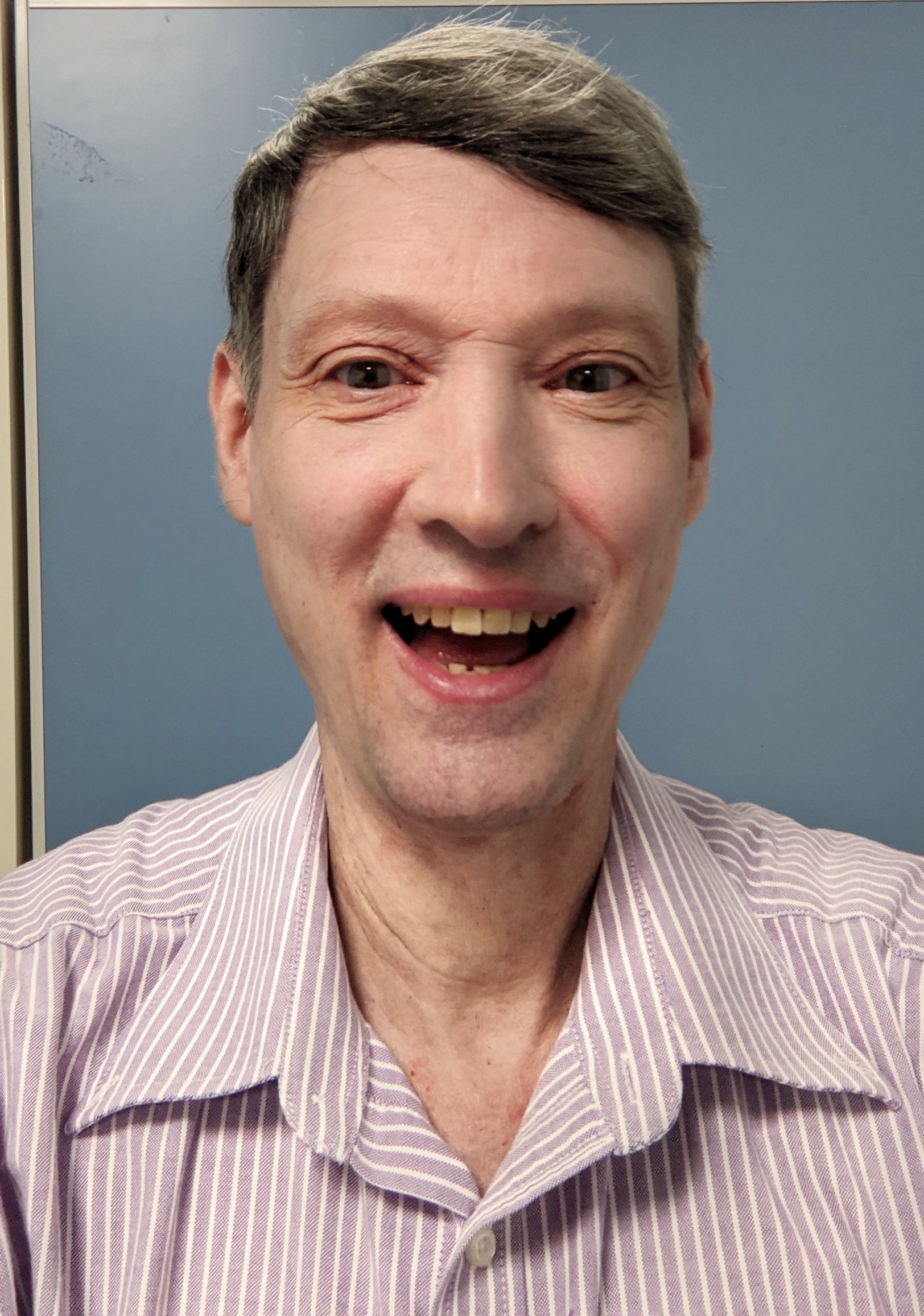
The Dong Qing Dialect of Orchid Island's Tao Language
Cheyenne Maechtle
Orchid Island off the southeast of Taiwan, known as Lanyu in Mandarin, is home to the Tao language, spoken by nearly 3000 people. Most studies and published material have concentrated on the speech of Hong Tou Village, the largest and most prominent community. Despite the small size of the island, however, each village has its own special linguistic features. In Dong Qing, where the use of the language is moderate, and in neighboring Ye Yin, where more young learners are found, Tao has a distinctive intonation as well as showing various other features that differ from the Hong Tou dialect. These include the phonology, especially of vowels. There is also free variation in both vowels and consonants, sometimes even with the same speaker, which is rarely indicated in publications. Differences in grammar are seen in the use of the numerous affixes in which Tao abounds. Dong Qing shows some unique prefixes such as one for counting and another for family members. Finally, there are vocabulary differences as well, for example the standard potao cio for ‘wine’, borrowed from Mandarin, versus Dong Qing saki from Japanese. It is astonishing what differences are found in speech communities just a few miles apart. Researchers need to recognize and record these features to help preserve the linguistic diversity of Orchid Island and of Taiwan.
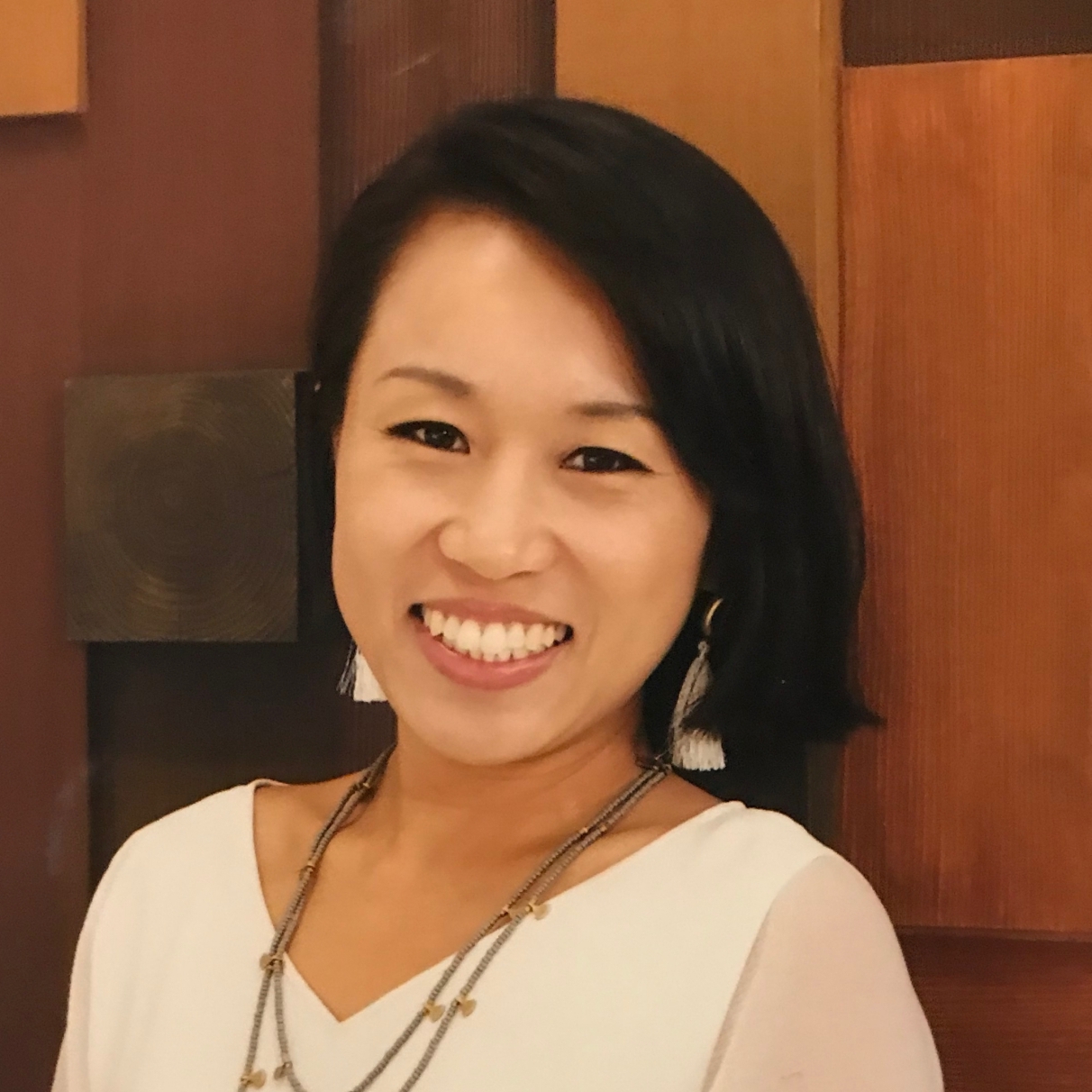
How Real-Life Connections Help Children Become Multilingual in Japan
Yoko Reynolds
What if children could naturally acquire multiple languages—without studying grammar or going abroad?
In this session, I’ll introduce Global MOM to MOM, a parenting community in Japan where over 700 families—local and international (53nationalities)—connect through real-life interaction.
We host online events three times a day, but we never “teach” languages. Instead, children do things in English and other languages—craft, dance, cooking, Minecraft, and storytime sessions. These feel like play, not lessons. Language comes naturally through joyful experiences.
We also offer in-person events like cultural exchange picnics and family camping trips, where Japanese children bond with peers who speak English—and increasingly, other languages too. Some families speak French, Spanish, Chinese, or Korean at home. Our goal is to support these multilingual families and eventually provide more activities in other languages as well.
Many Japanese children, even from fully monolingual households, now confidently use English—and are becoming curious about other languages. Some have started to learn greetings in friends’ home languages or show interest in multilingual communication.
This presentation will explore how the community was built, why it works, and how it can be a model for creating playful, multilingual learning environments for children. Whether you’re raising bilingual or trilingual kids, or looking for real-world, connection-based strategies, you’ll leave with practical ideas—no passport or textbook required.
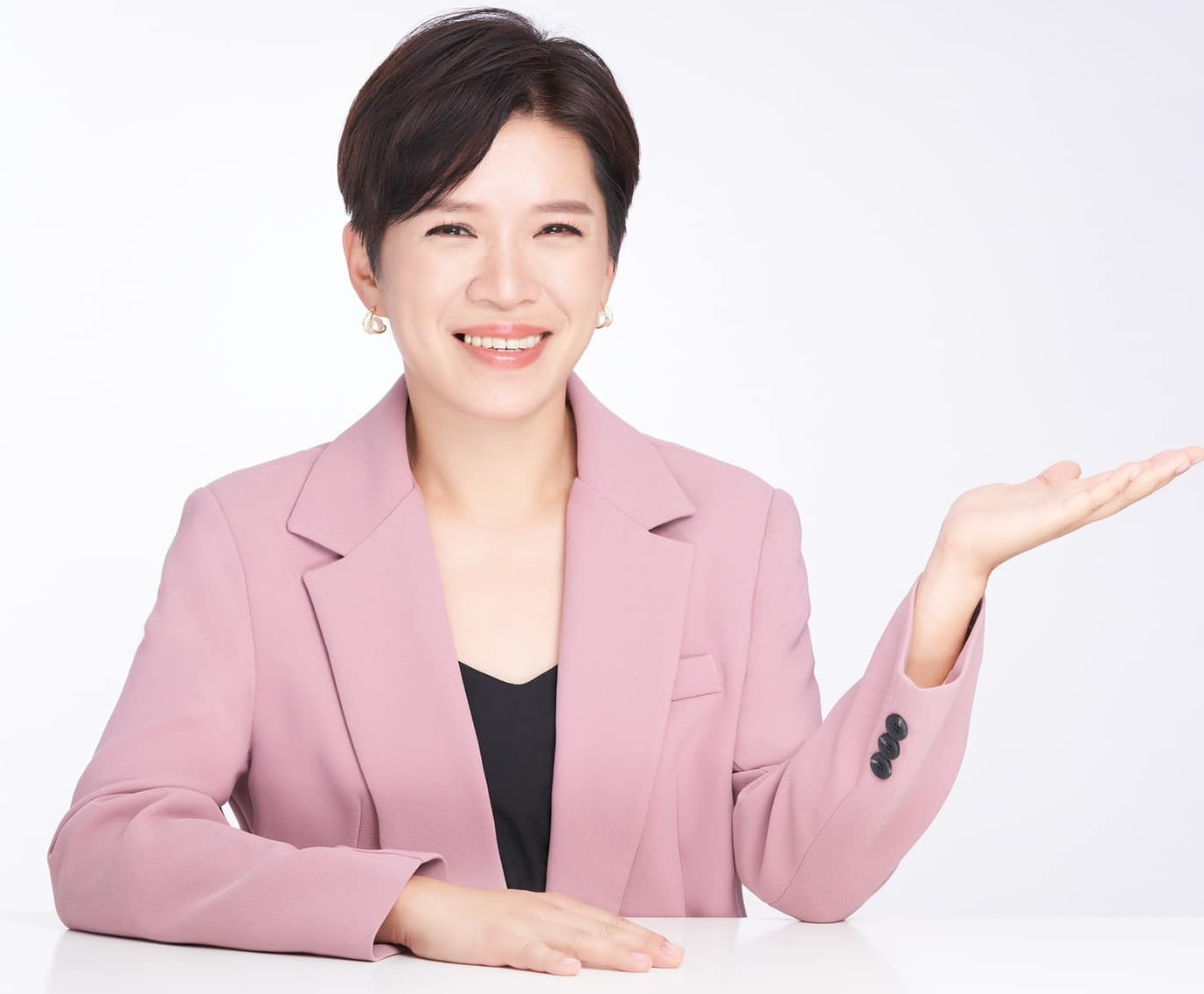
Quiet or Misunderstood? Cultural Participation Gaps in Global Classrooms
游皓雲 Yu Hao Yun (Yolanda)
Asian learners are often labeled as introverted, shy, and quiet.
Western learners? Outgoing, expressive, confident.
So, many language teachers say it’s hard to get Asian students to interact.
But—is that really true?
I’ve taught languages for over 20 years, with students from 75+ countries.
My Spanish classes are mostly Taiwanese; my Chinese classes include Latin Americans in the Dominican Republic, multicultural groups in Taiwan, and classes made up entirely of Japanese or Vietnamese learners.
Across these settings, I’ve seen a consistent pattern:
When we change how we structure participation, student behavior changes too.
Earlier this year in Spain, I joined several Spanish classes taught by local teachers. The interaction styles were clearly tailored to Western norms. Many Asian students barely spoke.
After class, I talked to them privately—they understood the content and wanted to engage, but simply didn’t know how to participate in that setup.
This talk isn’t about who learns better.
It’s about asking a better question:
Are we designing classroom spaces that align with different cultural logics of participation?
I’ll share how I helped Taiwanese students become confident, engaged learners—
and how I guided Western students to thrive with structure and balance.
Because the key isn’t in the students.
It’s in our design, our methods, and above all—our mindset.

Languages through Music: How can music transform the way we learn languages?
Desta Haile
In this interactive talk, I’ll share the story behind Languages Through Music (LTM) — a method I’ve developed over 10 years of teaching, playlist curation, and working with learners in more than 120 countries.
Building on my TEDx Luanda talk, this session explores how music connects memory, emotion, and identity — and how rhythm and lyrics can boost vocabulary, improve pronunciation, and deepen cultural understanding. I’ll also draw on personal insights from learning languages and my 20 years of experience in education and intercultural training.
Participants will get a first look at the new LTM cards — a fun, creative tool designed to bring music-based learning into classrooms, self-study, and community spaces. Together, we’ll create a playlist and explore how songs can open doors to new cultures.
Whether you’re a polyglot, teacher, or language lover, you’ll leave with practical tips, fresh inspiration, and curated resources to make language learning more playful, memorable, and connected.
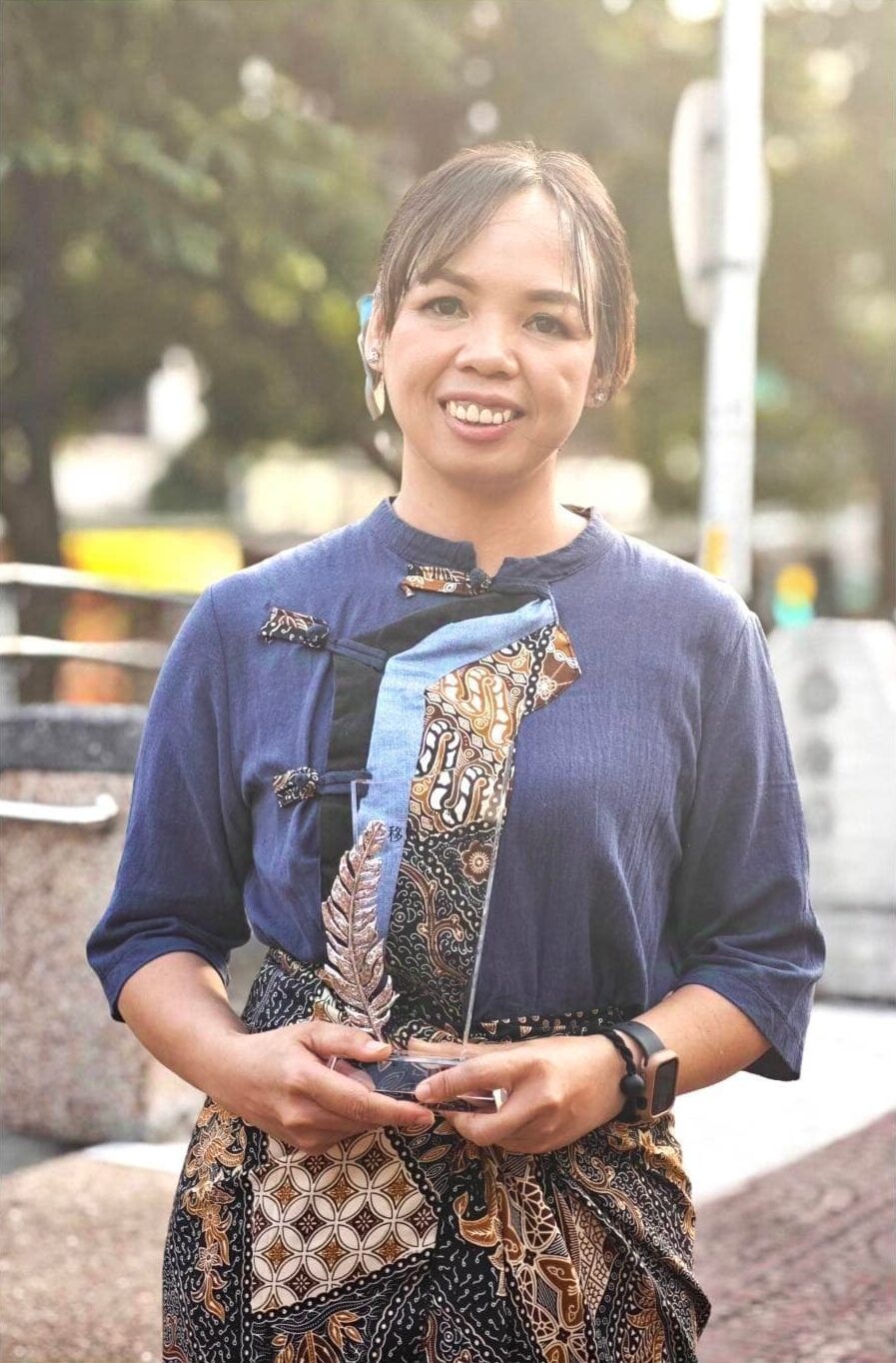
The Polyglot Migrant Worker: The Languages that Transformed My Life
陳業芳 Charis Chen
I was born in a remote town in Kalimantan, where bartering was still part of daily life. I spoke Indonesian, Dayak, and Hakka before I could write my name. When foreign missionaries and engineers visited, I longed to speak their language. My mother couldn’t afford lessons, so she bought me a dictionary. I carried it to find foreigners, learning English one word, one laugh, at a time.
After the 1998 anti-Chinese riots, speaking Hakka became dangerous. I left for Taiwan, working on construction sites where Taiwanese-Hokkien rained down in scolding. I made a notebook, memorized five words a day, and within six months, became the bridge between Australian engineers and Taiwanese workers.
Marriage led me to Mandarin, starting from ㄅㄆㄇ(, typing with Indonesian spelling on my keyboard, scavenging second-grade textbooks, and eventually passing the Employment Service Technician Class B certification.
Each language changed me: Hakka rooted me, English opened the world, Hokkien earned respect, Mandarin gave me a voice. Today, as a migrant consultant, award-winning author, and columnist, I know every language I learned was not just words, but another life I got to live.
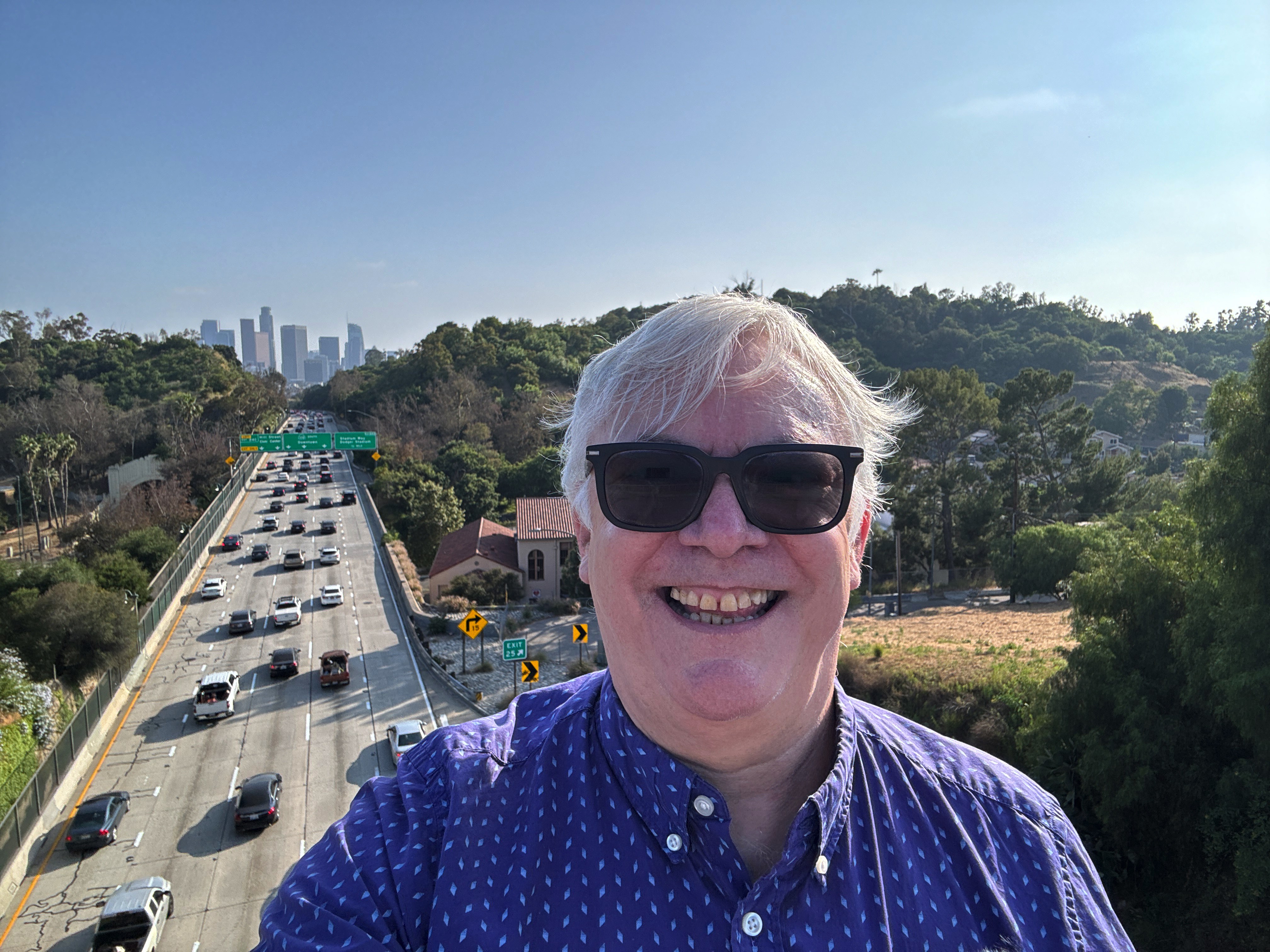
Voices of the Land: Phonology, Syntax, Scripts and Survival in U.S. Indigenous Languages
Dave Huxtable
This 20-minute talk explores the rich linguistic diversity of Indigenous languages in the United States, focusing on phonological and syntactic features, writing systems, and ongoing revitalisation efforts. Over 300 Indigenous languages were once spoken across what is now the U.S.; today, fewer than 150 remain, many critically endangered. Yet these languages offer profound insights into the nature of human language.
Phonologically, Indigenous languages display remarkable variation—from glottalised consonants and uvular fricatives in Salishan languages to the tonal and nasal systems of Athabaskan and Muskogean families. Syntactically, many exhibit polysynthesis, where complex ideas are expressed in a single word, and ergative alignment, challenging familiar subject-verb-object structures. The talk will highlight examples from languages such as Navajo, Mohawk, and Cherokee.
In terms of writing systems, the diversity continues. While many Indigenous languages have adopted Latin-based orthographies, others use unique scripts—for example, the Cherokee syllabary, invented by Sequoyah in the 19th century. Writing plays a crucial role in both preservation and cultural identity.
The final section will focus on revitalisation: immersion schools, community-run workshops, language-learning apps, and partnerships with universities. These efforts reflect both the urgency and determination of Indigenous communities to reclaim linguistic sovereignty and pass on ancestral knowledge.
Rather than relics of the past, these languages are living systems with relevance today. This talk invites listeners to appreciate their complexity, support their survival, and recognise them as vital parts of the linguistic and cultural heritage of the United States.

My Life with Taigi
Chiong bîn hong/ 做伙講台語, 耍kah o͘-mà-mà好無
I grew up in a home and community where everyone spoke Taigi. Even through middle school, I spoke Taigi with my classmates. It wasn’t until I went to high school in the city that I stopped speaking Taigi with my peers.
For me, the language someone uses often defines the kind of friendship we have. People who speak Taigi are closer to me, compared to Mandarin speaking friends.
I originally thought that if I married a Taioanese man, I would raise my children speaking Taigi. But since I married a foreigner, I ended up using Mandarin, the more dominant language, with my first child. This was partly because I wanted my husband to be part of the conversation. Still, I would switch to Taigi when talking about our children with friends, so they would not overhear what we were saying about them.
My friend Sió Ngá showed me what it means to be a true Taioanese person, Taigi should be one’s primary language. I immediately followed her example. I explained to my husband why this was important to me. Since his own country had been colonized by Europeans, he fully understood my perspective.
Older generations always praise us when they hear my children speaking Taigi. Our family became a kind of example that encouraged others around us to start using Taigi with their children too. Eventually, we gathered like-minded people and founded a nonprofit to help parents raise true Taioanese children. On the negative side, younger people often show hostility toward Taigi speakers. For example, clerks at convenience stores sometimes treat me poorly simply because I am speaking Taigi, making no effort to understand me. If I were a foreigner speaking English, they might also have trouble understanding, but I doubt they would treat me the same way.
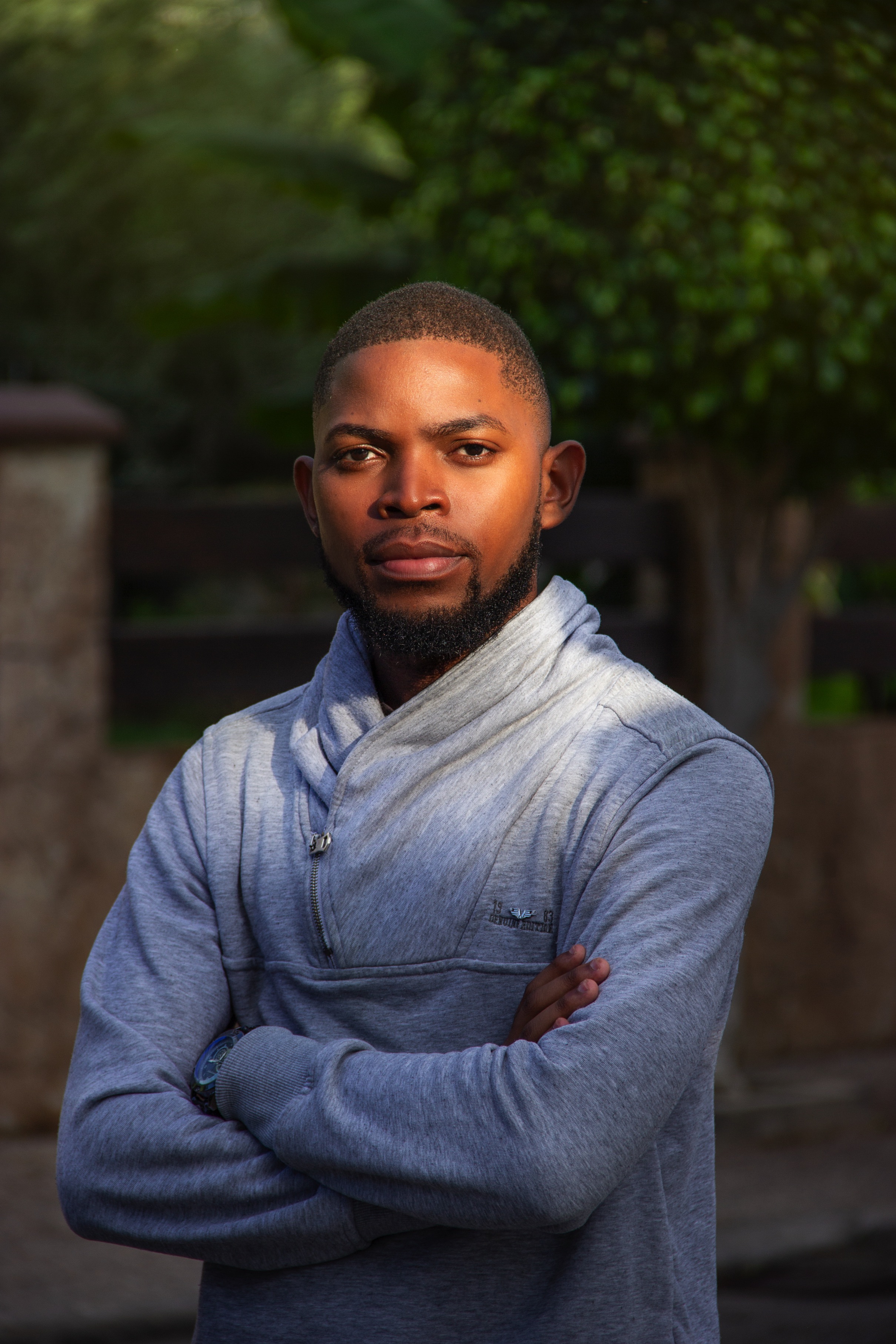
From Zero to Connection: My Language Leap
Wilfred Mkhatshwa
I grew up in Eswatini with a love for words but no real exposure to foreign languages. That changed at 18 when I moved to North Cyprus, Turkey, for university. Days before my flight, I downloaded a language app and learned a few Turkish phrases out of curiosity, not confidence. The sounds were alien, and I doubted they’d be useful. But at the airport in Istanbul, something magical happened: I spoke those “weird” words, and people understood me. They smiled, praised my effort, and showed kindness.
This moment lit a fire in me. I started using Turkish everywhere—on campus, in supermarkets, in dorms. Speaking Turkish transformed how people treated me, from indifference to warmth. That basic knowledge of Turkish changed everything. I spoke a few simple phrases, people lit up, they encouraged me, and suddenly I wasn’t just a foreign student, I was a welcome one.
I began collecting languages like souvenirs, learning just a few phrases from the international students around me. I tried this method with Arabic, Russian, Igbo, Urdu, Swahili, and many more languages. Each one gave me access to new friendships, ideas, and insights. It became a passion, a lifestyle, and then a science.
Later, a psycholinguistics lecture in my psychology degree gave scientific clarity to what I was experiencing. This talk is the bridge between personal experience and scientific principle. I’ll share my insights and how this method reshaped my entire approach to learning languages.
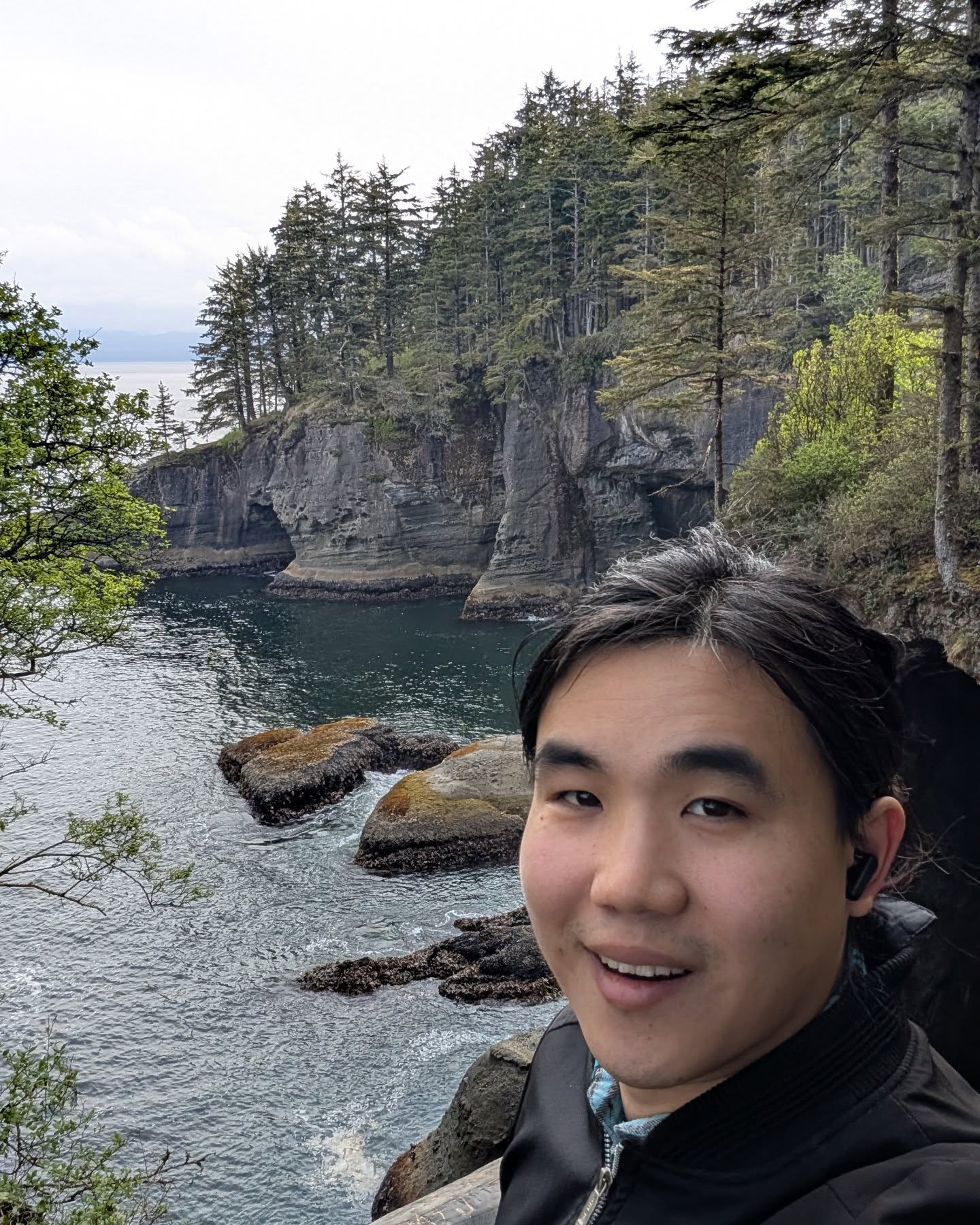
Introduction to dxʷləšucid and the Salishan languages
Kevin Fei Sun
The Pacific Northwest of North America is notable for the diversity of its indigenous languages, and is home to several language families including the Salishan languages, which are famous for their complex phonologies as well as a number of interesting grammatical features.
Since moving to Seattle this year, I have been attempting to learn more about these languages, with a focus on the Lushootseed (or dxʷləšucid) language of the Puget Sound region where Seattle is located.
In this talk, I will discuss the history of and interrelations between indigenous languages in this region, the impact of contact with colonial languages (mainly English and French), as well as efforts to preserve and revive Lushootseed and other Salish languages. I will also introduce the sound system of Lushootseed and the most significant aspects of its grammar, in particular verb argument structure and derivational morphology. I will also share resources for further study of these languages as well as examples of media produced in Lushootseed.

Living in Full Color: A New Vision for Language, Culture, and Connection
Rhonda Sophia
In today’s connected world, speaking only one language can feel like watching life in black and white when it’s meant to be lived in full colour. This presentation is a playful and inspiring call to action for young people to embrace language learning not just as a skill, but as a gateway to empathy, opportunity, and global citizenship.
Through stories, humour, and a fresh perspective, we’ll explore how learning new languages reshapes the way we think, deepens cultural understanding, and builds confidence in surprising ways. You’ll see that becoming a polyglot isn’t reserved for the super-genius or frequent traveller — it begins with small steps, daily curiosity, and the courage to sound silly.
Whether you’re fluent in one language or just starting out with a few words, this session will share practical tips, motivating stories, and a renewed sense of wonder for what language learning can do — for your mind, your future, and your connection to others. The path to becoming a polyglot doesn’t start with perfection. It starts with one word.

The Revitalization of Basay: Past, Present, and Future through Corpus Design and Natural Language Processing
Mirusa Usiliq Tan
Basay is an extinct Formosan Austronesian language once spoken in northeastern Taiwan. Unlike Siraya, which survives solely through 17th-century missionary texts, Basay benefits from rare audio documentation collected by Erin Asai in 1937. These recordings capture speech from two elderly speakers representing its two major dialects: the Northeastern (Santiau) dialect and the Trobiawan dialect. While scholars such as Shigeru Tsuchida (1991) and Paul Jen-kuei Li (2014) have published partial transcriptions and lexical materials, no comprehensive corpus or publicly accessible platform has yet been established.
This presentation introduces an ongoing grassroots project aimed at preserving and revitalizing Basay through digital methods. Building upon prior phonological and comparative research—including Proto-Basay reconstructions proposed in Li-yang Tseng’s 2022 dissertation—the project integrates computational and historical linguistics to develop a structured corpus and modern search interface using Markdown, YAML, and NLP-enhanced tools. It seeks to reconstruct dialectal phonological variation, annotate texts with rich metadata, and deliver an intuitive platform for both researchers and community learners.
By leveraging open corpus methodologies, multilingual glossing, and comparative analysis with sister languages (especially Kavalan), this project explores how technology can serve as a bridge between archival data and linguistic revitalization. The presentation highlights both the challenges and the possibilities of reviving an extinct language and reimagining its role in cultural identity and pedagogy.

Taiwan, Malaysia, Indonesia, the Philippines and beyond – Five thousand years in 10 words
Brian Loo Soon Hua
Taiwan was the starting point of the prehistoric world’s most incredible human migration by sea: the Austronesian expansion. Thousands of years ago, Taiwanese aboriginal sailors began sailing south to the Philippines and eventually spread out in all directions. Over the next few millennia their descendants brought their languages and cultures to a vast region stretching from Madagascar to Hawaii. In this very brief introduction to just how little the core vocabulary in some of their daughter languages have changed, we will take a look at ten words that can still be recognized by speakers of indigenous languages from across more than three-quarters of the Earths circumference, all descended from the languages brought by ancient sailors from Taiwan thousands of years ago.

El reto del multilingüismo en España: ¿por qué los españoles no aprenden idiomas extranjeros?
Pedro Rodriguez (LanguagesPedro), Andrea Gimenez (AndyGM)
Pese a ser un país con una diversidad lingüística considerable, España sigue teniendo uno de los porcentajes de población más bajos de dominio de un idioma extranjero. Varias comunidades autónomas cuentan con numerosos programas en sus respectivos idiomas cooficiales, sin embargo, cuando se trata de aprender idiomas extranjeros, la situación es mucho más dramática, especialmente, en el caso del inglés.
En esta charla, exploraremos este fenómeno, de la mano de Andrea y Pedro, dos ejemplos de españoles que han roto la estadística, aprendiendo múltiples idiomas. Entenderemos por qué existe un problema subyacente con el modelo actual y cuáles son las causas originales de un problema que lleva persistiendo durante años en el país ibérico, así como en las posibles soluciones que podrían ponerle fin.

8 Language Learning Lessons from Improv Theater
Andrei Veja
Improvisational theater is a form of unscripted performance where performers create scenes and stories on the spot. After 7 years of practicing and performing bilingual (English/Mandarin) improv theater in Taipei, I’ve come to realize the remarkable parallels between the foundational concepts of improv and those necessary for becoming an effective language learner.
This talk explores how improv theater can make you a better language learner, whether you’re a budding language enthusiast, a language learner experiencing burnout, or even an accomplished hyperpolyglot seeking a fresh perspective on language learning.
Improv isn’t only about performance; applied improv is often utilized in corporate and educational training to instill and reinforce concepts and interpersonal skills for more effective communication and teamwork. Throughout this presentation, the audience will be invited to play simple improv games to practice skills that can reinvigorate their approach to language learning.

Language Survival and Identity: What Ladin Can Teach Us About Taiwan’s Linguistic Future
Alex Senoner
Growing up in the Dolomites, I spoke Ladin — a Rhaeto-Romance minority language surrounded by dominant cultures and languages. Over time, I saw firsthand how fragile a language can be, but also what helps it survive. In this talk, I explore what Ladin’s ongoing survival can teach us about efforts to preserve indigenous and local languages in Taiwan.
I will argue that language survival is not only a matter of media or education policy — though those help — but above all, identity. While other regional languages in Italy like Venetian have declined, Ladin persists partly because many Ladin speakers see themselves not just as Italians, but as Ladins. I will discuss how this sense of separate identity—often transmitted culturally and intergenerationally—shapes language choices.
I’ll also touch on internalised language stigma, such as the idea of Ladin being “unsuitable” for writing or professional use. This mindset has changed across generations, and today many young Ladins write in the language and use it in digital contexts.
Finally, I’ll draw parallels and raise questions for Taiwan’s efforts to promote its indigenous and local languages. How can identity be fostered in language communities? Can pride and belonging be more powerful than policy?
While my background is in Ladin, this talk aims to offer cross-regional insights into the complex interplay between identity, stigma, and language survival.

Stop Memorizing, Start Speaking: An AI-Powered Method for Real Fluency
David Allen Martin II
Many of us know the deep frustration of language learning: after months spent memorizing hundreds of isolated words, we can’t form a basic sentence when it counts. We collect vocabulary like bricks but are given no blueprint to build with. This isn’t a personal failure; it’s a methodological one, rooted in techniques that are unstructured and cognitively counterintuitive.
In this 20-minute talk, I will present a smarter, science-backed framework I designed to bridge the gap between knowing words and speaking sentences. This method leverages the power of AI to create a learning system that was, until now, theoretically ideal but practically impossible for the individual learner to implement.
I will demonstrate how this AI-driven approach generates a vast, interconnected web of learning material based on key cognitive principles. This includes providing crucial ‘scaffolding’—like training wheels for language—that supports learners as they build their skills. I will break down the three most powerful pillars of this method for the audience:
Frequency First: We’ll explore Zipf’s Law and how learning the most frequent word forms (like ‘is’ and ‘are’, not just ‘to be’) allows you to understand 80% of a language with a fraction of the effort.
Rich Context: I’ll show why learning every new word through three unique example sentences creates a robust, 3D understanding that isolated flashcards can never match.
Active Recall: Discover why ‘cloze’ or ‘fill-in-the-blank’ tests are the most potent tool for memory, turning passive review into an active workout for your brain.
The audience will leave with not just theory, but a clear understanding of a powerful, practical framework they can apply to their own studies in tools like Anki. This talk provides a roadmap to escape the ‘flashcard graveyard’ and move directly into the world of active sentence-building and confident conversation.
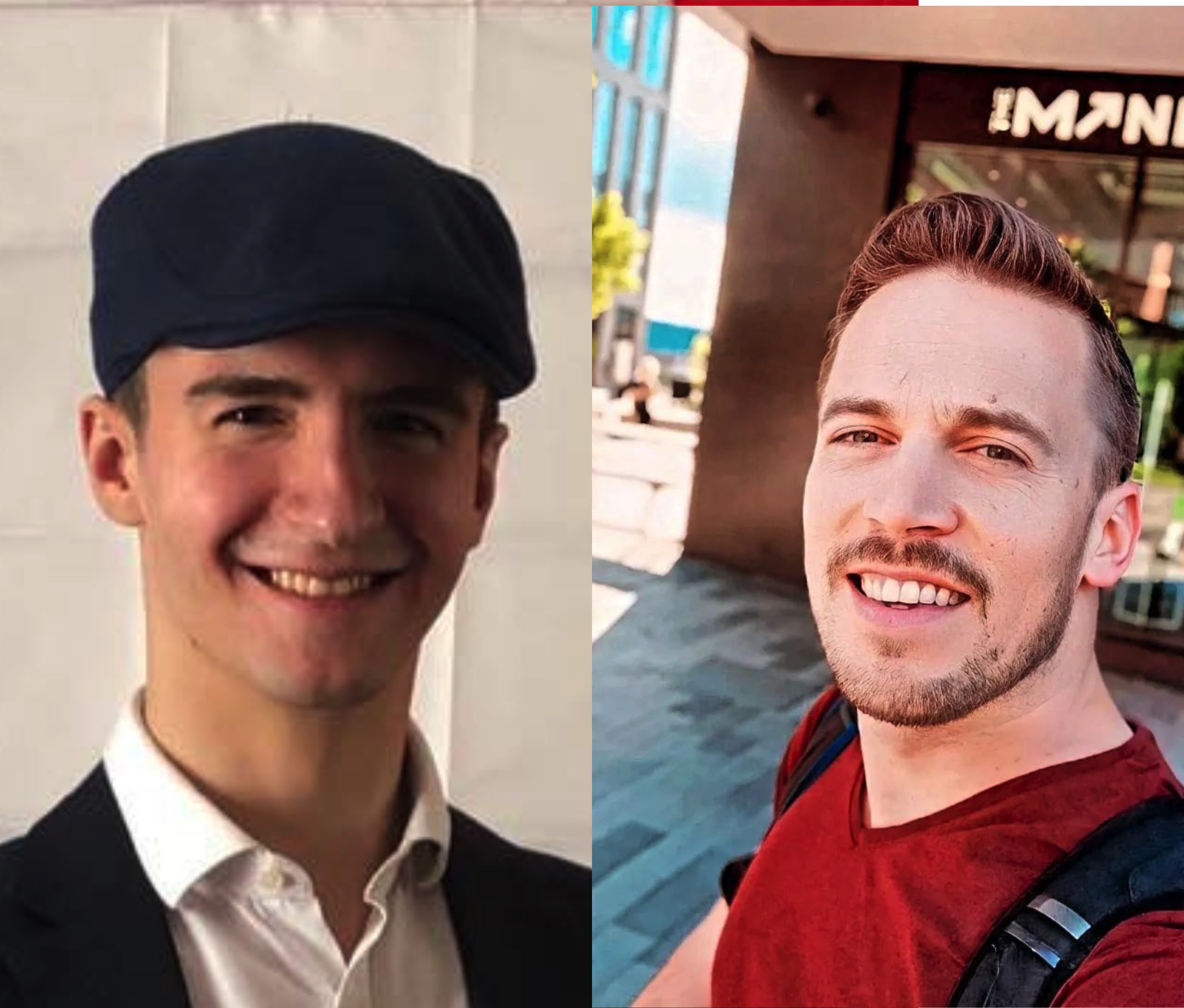
An Entangled Lexicon: The Mutual Influence of French and English
Charles Colonna-Césari & David Allen Martin II
From the Norman Conquest to the Era of ‘Franglais’
This talk examines the profound and reciprocal linguistic relationship between French and English. It begins with the Norman Conquest of 1066, analyzing how French became the language of power and fundamentally altered the English lexicon in areas of law, government, cuisine, and culture. The presentation then charts the fascinating historical reversal where, in recent centuries, English became a primary linguistic exporter. We will explore the modern phenomenon of ‘Franglais’ and the influx of English terms into French, driven by technology, media, and global business. Attendees will gain a clear understanding of how this centuries-long exchange reflects broader shifts in cultural, political, and economic power.
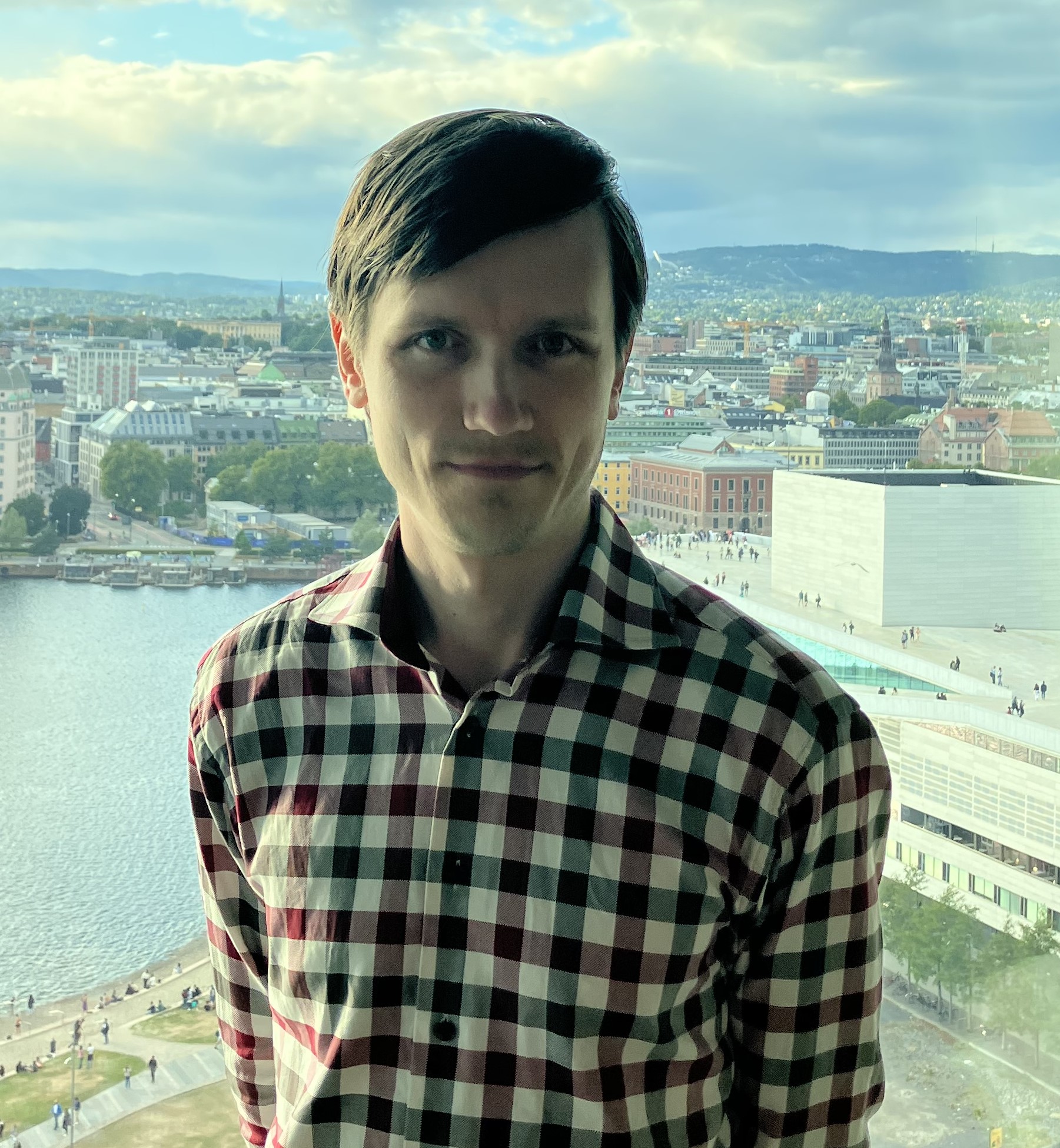
Climate change: an ally or a foe for endangered languages?
Audrius Sabūnas
I will present the outgoing debate on whether and how climate change may exacerbate minor languages spoken on the islands or coastlines. This is based on my research on the region of Oceania, characterised by numerous islands and linguistic diversity. In addition to the case study of Kiribati, which I conducted, I will also present other cases where sea level rise and storm surges induced by tropical cyclones may negatively affect local populations and threaten linguistic diversity, which is already threatened by a low number of speakers.
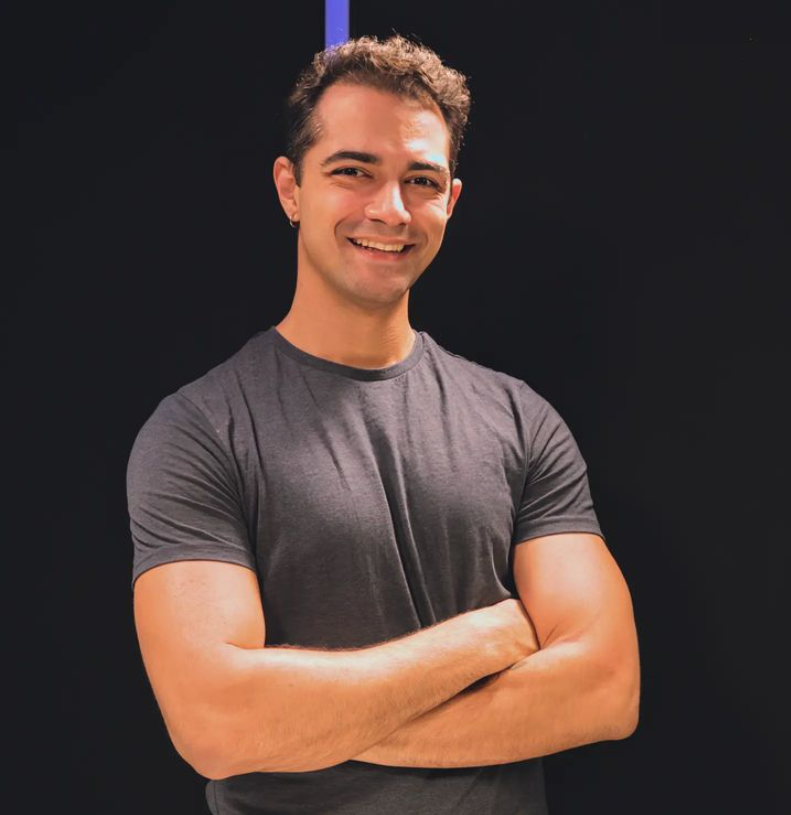
2025 Techniques and Technologies to Learn Languages with AI
Fabrício Carraro
his talk explores how AI can act as a true partner in language learning. Large language models enable guided role-plays with CEFR-based feedback on pragmatics and register, while tools like Whisper support pronunciation, prosody and shadowing practice. Automate your creation of Anki decks. Create AI agents with RAG, adding your own notes.
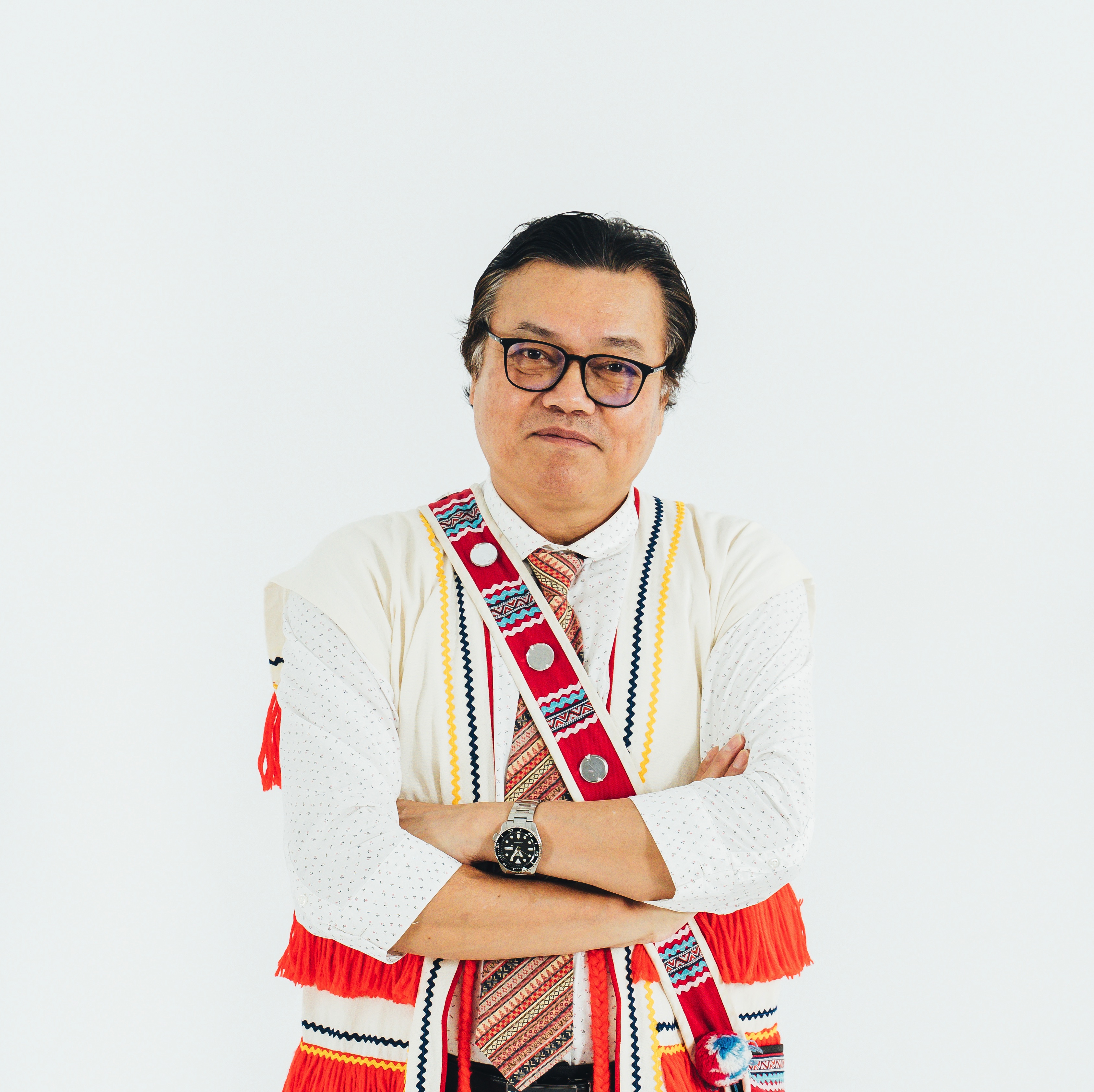
Welcome from The Chairman of the Indigenous Language Research and Development Foundation
Mayaw・Kumud
Indigenous Languages Research and Development Foundation (ILRDF) supports Taiwan’s Indigenous languages through research, education and promotion, and proficiency certification/testing. Their mission is to grow learning, research and practical use of these languages across generations, and to strengthen links among Austronesian language communities. Take a look at their site to see the vision, teams, and recent activities.
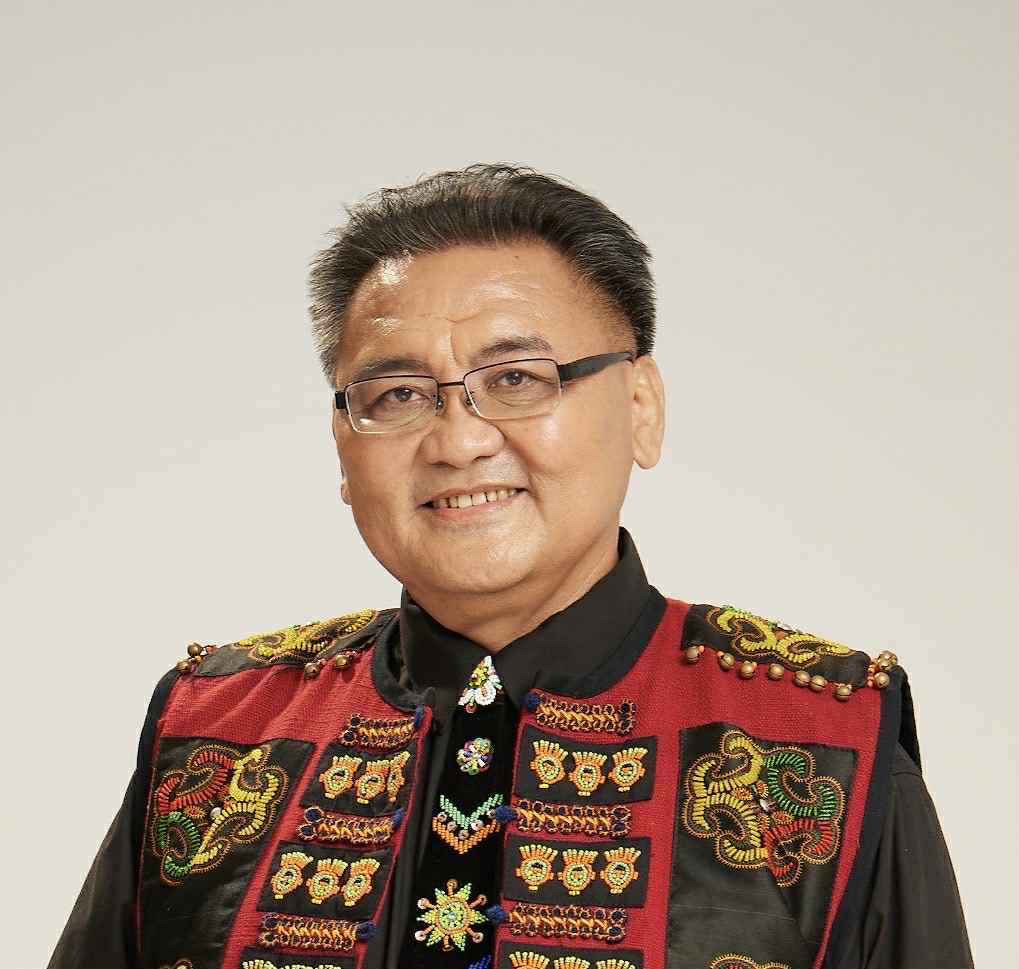
Aicu sepatj a pulu’ a cacilj anga a sizurungan tua kinacalisian i taiwan (40 years of revitalization of the indigenous languages of Taiwan)
Puljaljuyan Kalevuwan
Puljaljuyan Kalevuwan is a Paiwan native, one of the 16 recognized groups of indigenous peoples of Taiwan. He was among the first who noticed the importance of revitalizing the austronesian languages of Taiwan and devoted his life to this cause. In this talk, he will walk us through Taiwan’s 40-year language revitalization history and his thoughts on the future of indigenous language revitalization
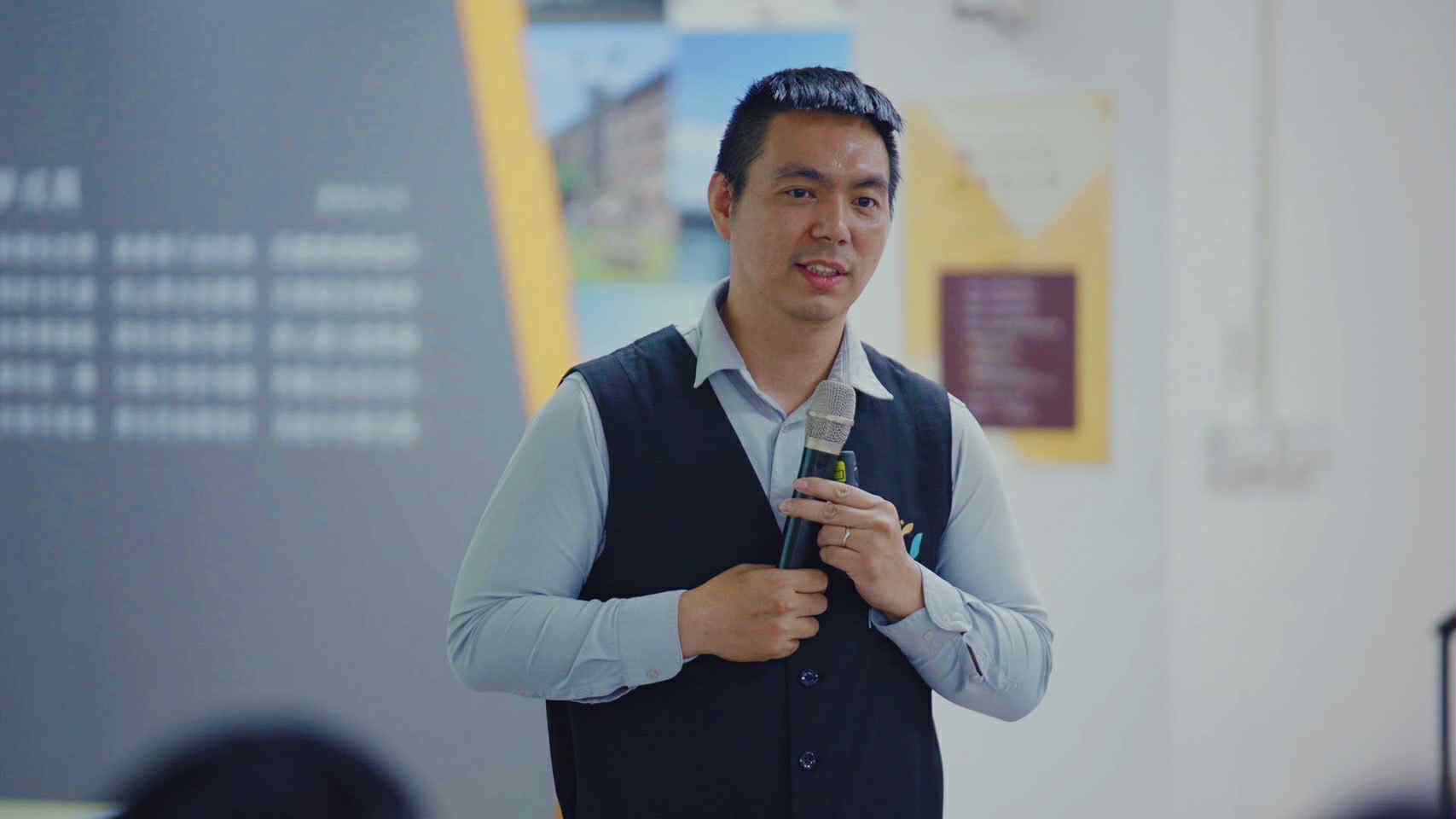
The current state and challenges of revitalizing indigenous languages of Taiwans
Lowking Nowbucyang
In this talk, I will explore the current status of Indigenous language revitalization efforts, focusing on research and promotion. On the research front, the Indigenous language associations are building a solid foundation for language preservation through linguistic research, including database construction, lexicon compilation and writing system revision, corpus annotation, and AI models for indigenous languages. On the promotional front, indigenous language associations have created ample digital learning platforms, practical learning resources, and various indigenous language promotion activities to expand language use. Last but not least, I will also explore challenges and future development strategies in resource integration, cross-disciplinary collaboration, and promotion.
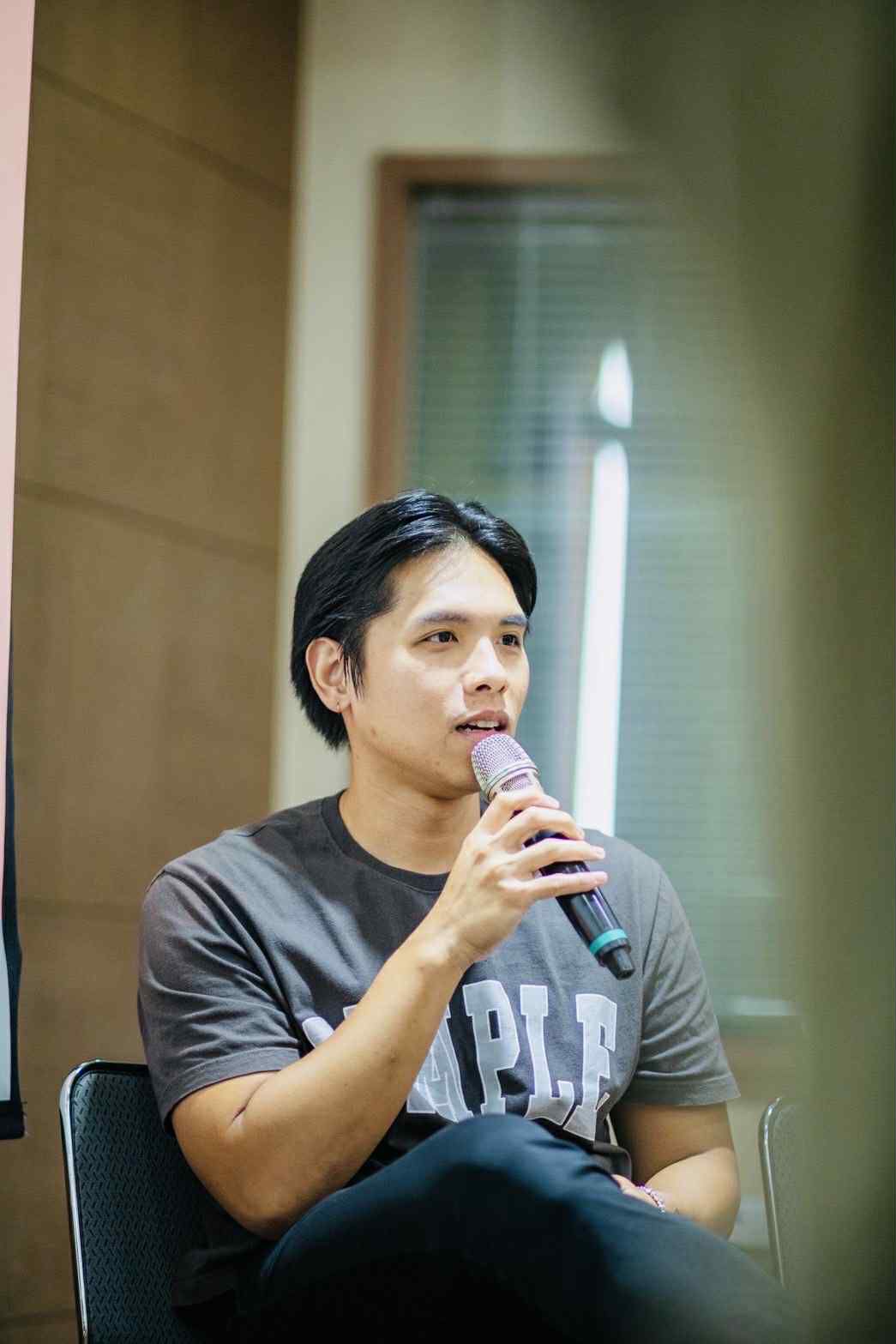
IRLDF’s role in promoting the teaching and learning of the indigenous languages of Taiwan.
Bali Nangavulan
This presentation will highlight the achievements of the IRLDF in ethnic language education from three perspectives: teaching, learning resources, and promotion. ILRDF has been striving to improve the quality of ethnic language instruction through the development of pedagogy and teacher empowerment, and by expanding diverse learning resources through the development of digital platforms and teaching materials. ILRDF has also been fostering an ethnic language-friendly environment through the promotion of the use of ethnic languages through publications, book fairs, and cultural events. I will end the talk by exploring cross-border collaboration and future development strategies to promote the sustainable development of ethnic language teaching and learning.
